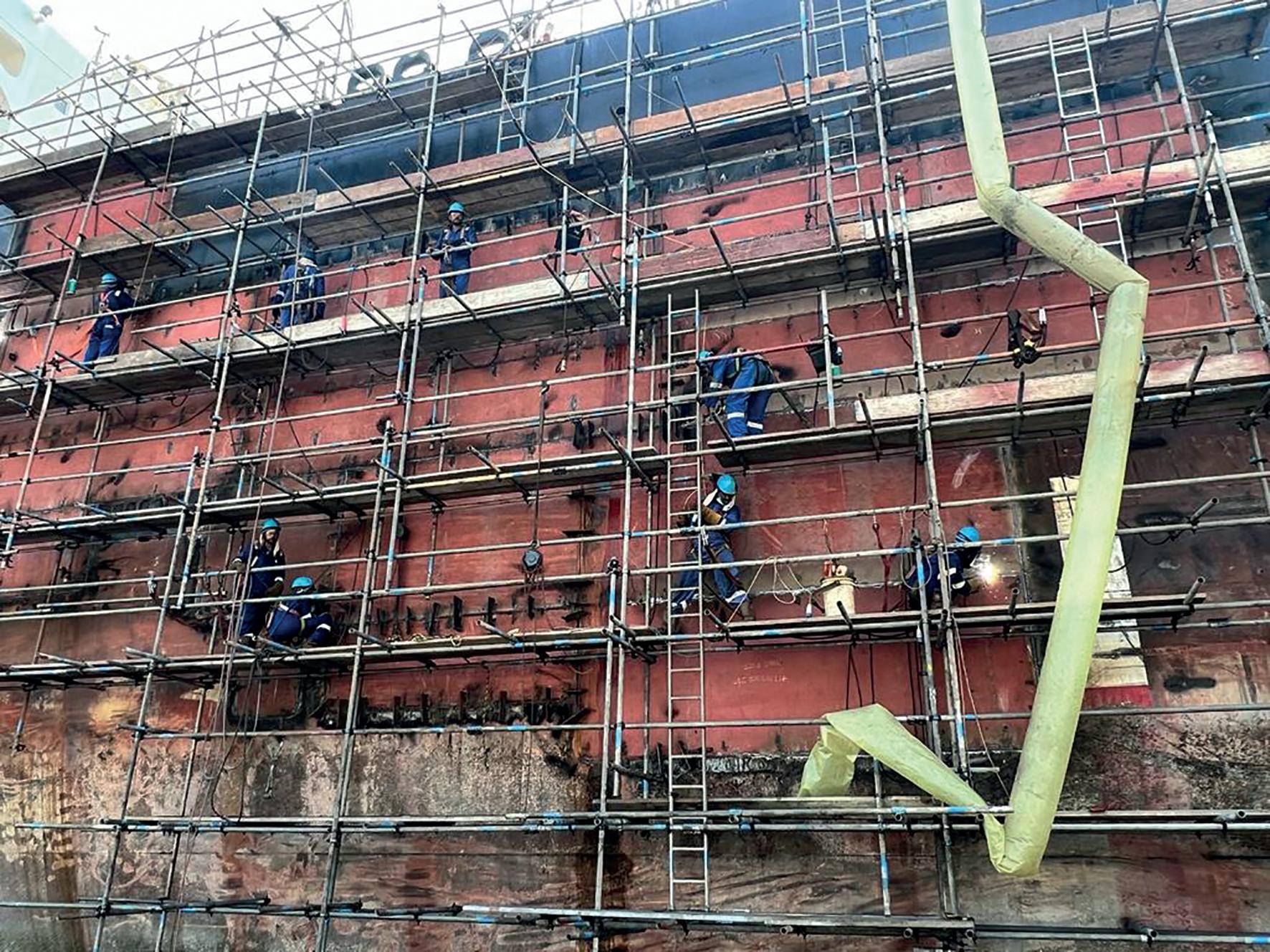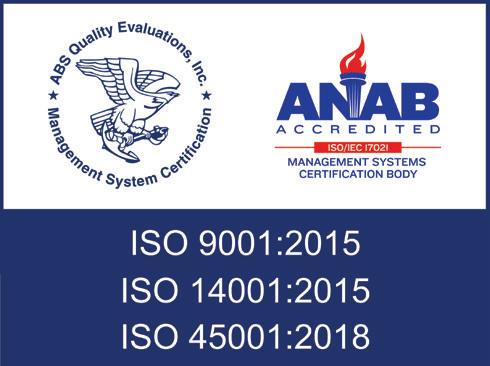BY


BY

Asia’s entrepôt finds its maritime mojo

“We are particularly pleased to see incentives for green shipping”
—Anglo-Eastern’s Bjorn Hojgaard
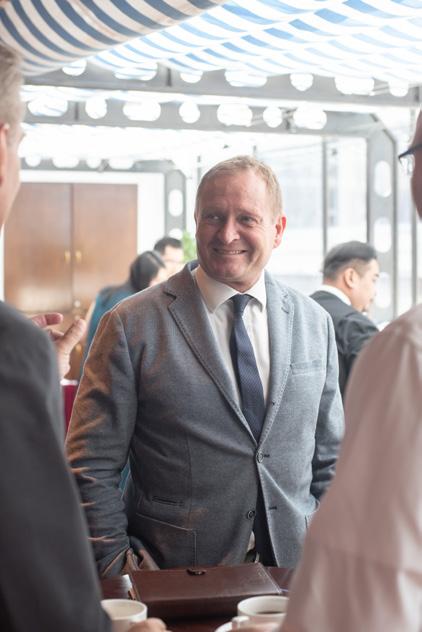

“The crux is about Hong Kong’s ability to get its message out to the world”
— Richard Hext, deputy chair of the Hong Kong Shipowners Association
“Hong Kong is well-positioned to maintain its competitive edge in the global maritime arena”
— Angad Banga, chairman of the Hong Kong Shipowners Associationo
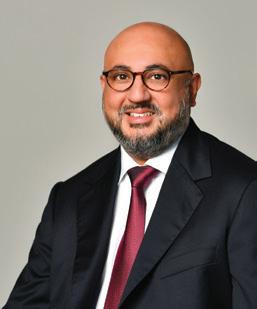
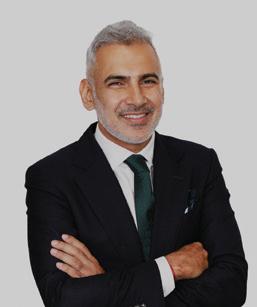
“Hong Kong can leverage its position as a leading center for green finance”
— Gautam Chellaram, executive chairman of KC Maritime
“We must create engaging opportunities and career paths for students”
— Tabitha Logan, co-founder of The Captain’s Table



The site for incisive, exclusive maritime news and views www.splash247.com
EDITORIAL DIRECTOR
Sam Chambers sam@asiashippingmedia.com
CORRESPONDENTS
Adis Adjin adis@asiashippingmedia.com
Bojan Lepic bojan@asiashippingmedia.com
All editorial material should be sent to sam@asiashippingmedia.com
COMMERCIAL DIRECTOR
Grant Rowles grant@asiashippingmedia.com
GENERAL MANAGER
Victor Halder victor@asiashippingmedia.com
Advertising agents are also based in Tokyo, Seoul and Oslo – to contact a local agent please email grant@ asiashippingmedia.com for details.
MEDIA KITS ARE AVAILABLE FOR DOWNLOAD AT WWW.SPLASH247.COM/ADVERTISING
All commercial material should be sent to grant@asiashippingmedia.com or mailed to Asia Shipping Media Pte Ltd, 30 Cecil Street, #19-08 Prudential Tower, Singapore 049712
DESIGN Belinda
Printed in Hong Kong
Copyright © Asia Shipping Media Pte Ltd (ASM), 2024.
Although every effort has been made to ensure that the information contained in this review is correct, the publishers accept no liability for any inaccuracies or omissions that may occur. All rights reserved. No part of the publication may be reproduced, stored in retrieval systems or transmitted in any form or by any means without prior written permission of the copyright owner. For reprints of specific articles contact grant@asiashippingmedia.com.
Come next year I will have been monitoring all things Hong Kong maritime for a quarter of a century. In all of that time I have never felt more optimistic about the joined up thinking between public and private sectors than right now.
Hong Kong has seen its preeminence in Asian shipping fade since the handover to China with many in the industry constantly urging previous administrations under shipowner Tung Chee-hwa, then Donald Tsang, CY Leung, and Carrie Lam to act.
However, finally, I can clearly see that the current John Lee administration gets shipping, is listening to the industry, and is legislating for it, while on the private side, the industry is getting much better at speaking with one clear voice. Of course, it is easy to say that this renewed government focus on maritime is too little, too late. The territory has lost so much of its once great shipping prowess to Singapore this century. But, nevertheless, it is building back, identifying future maritime needs such as green bunkering or leasing as areas it can build on.
There is a buoyancy in Hong Kong maritime at the moment as witnessed over the following pages - our most successful

commercial print publication in the 12year history of Asia Shipping Media.
With any luck the thousands of delegates coming in for Hong Kong Maritime Week this month will get to feel this sense of optimism.

Sam Chambers Editor Splash






The John Lee administration is listening to the calls from the local shipping community
Recent weeks have seen plenty of much needed focus on reestablishing Hong Kong as a leading international maritime centre (IMC). The climb back up the ranks will not be easy, but finally there does appear greater maritime emphasis within government.
At the turn of the century, Hong Kong was Asia’s preeminent maritime centre, a position that has been eroded over the past couple of decades.
The 2024 Leading Maritime Cities (LMC) report from DNV and Menon Economics published in April saw Hong Kong fall to 12th place on the list of the top 50 shipping hubs around the world. As recently as 2019, it ranked in fourth place.
In mid-October, giving his third annual policy address Hong Kong leader John Lee announced the establishment of an industry-led Maritime and Port Development Board to assist the government in putting forward policies and long-term development strategies.
Old Hong Kong hands in shipping have seen the city face many challenges and overcome them
The Hong Kong Maritime and Port Development Board, which replaces the existing Hong Kong Maritime and Port Board established in 2016, will act as a high-level advisory body. It will be chaired by a non-official member when the Secretary for Transport and Logistics Lam Sai-hung steps down from the role, with other members largely from the shipping industry.
Lee stated that additional funding will be provided to enhance the reformed body’s research capabilities, strengthen its promotional work in mainland China and overseas, and step up manpower training.
Commenting on these developments, Angad Banga, chairman of the Hong Kong Shipowners Association (HKSOA), said: “It has been the consensus of the industry for many years that an independent, industryled body is needed for Hong Kong. The
appointment of a non-official to take up the chair of the new organisation and the strengthening of its research, promotion and talent development functions are certainly the right step forward.”
Lee further said that additional efforts to boost the city’s maritime credentials will be dedicated to developing “high value-added and professional services”, by providing tax exemptions for ship leasing businesses and offering half-rate tax concessions for marine insurance, shipmanagement, ship agency and shipbroking.
Other measures include promoting tax concessions, attracting maritime service enterprises to establish a presence in Hong Kong, accelerating the construction of a green shipping centre by promoting the greening of registered ships, building a green bunkering centre, and









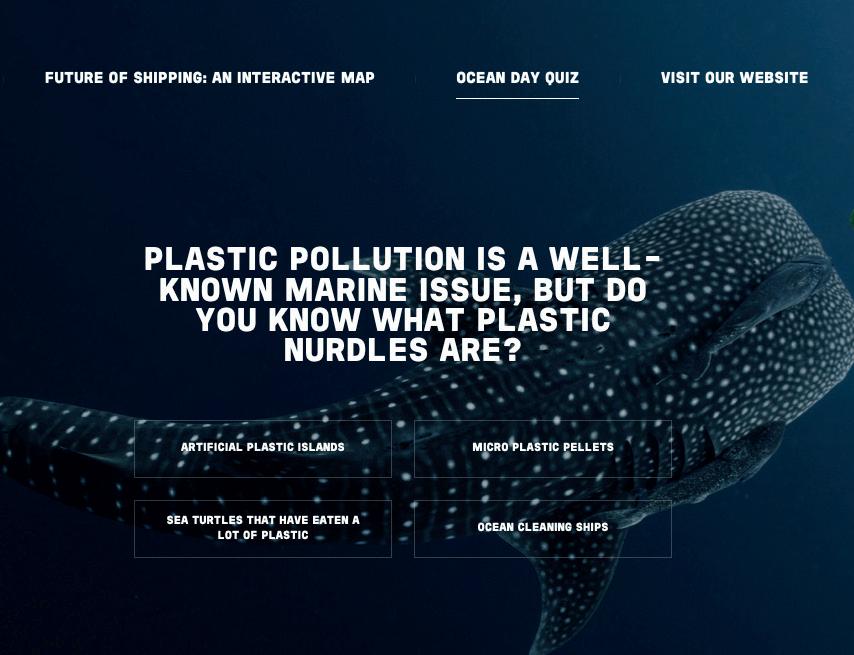

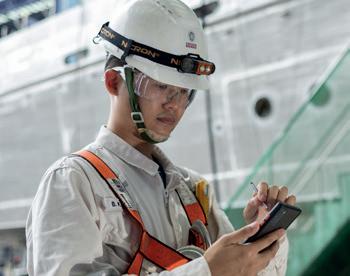









providing supporting measures for green bunkering.
On top of this, the Hong Kong Chamber of Shipping has just been launched as a body designed to boost the city’s credentials as an IMC.
CY Leung, former head of the territory, is one of the chamber’s co-founders, with Hing Chao, the head of Wah Kwong Maritime Transport, serving as its chairman.
“Ports, shipping companies in China, as they become more international, they will naturally want to tap into Hong Kong’s high value-added maritime service,” Chao said at the launch of the new body while Leung urged stakeholders to leverage Hong Kong’s strengths and adopt a holistic approach, calling for greater coordination among the shipping, trade, finance, professional, and educational sectors.
Matthew Mcafee, president of local owner Fairmont, is hopeful by what he is seeing from the Lee administration, and he advises those tasked with promoting the city’s maritime credentials to hark back to its glory days.
Hong Kong must react faster and more consistently to requirements in digitalisation and sustainability
“Our hope is that the Hong Kong government outs an emphasis on Hong Kong’s history as an international maritime centre and hub for shipping in Asia. We should not hide from our history but celebrate it,” Mcafee says, advising government to promote the city to shipowners by reminding them what makes the place unique and special.
“Hong Kong’s location, access to capital, lower taxes, and common law arbitration are ideal for international companies and shipowners,” Mcafee says.
Gautam Chellaram, executive chairman of local dry bulk concern KC Maritime, agrees with his Fairmont counterpart - the world needs reminding of Hong Kong’s core strengths.
“Hong Kong for decades was the gateway to the Orient and every effort must be made to remind the larger maritime community of this,” Chellaram says.
Chelleram’s advice to government is to establish clear policies that support the growth of the maritime industry, including tax incentives, subsidies, and streamlined regulations. The city could also be developed as a strategic bunkering hub, especially for alternate fuels, while also promoting research and development into maritime technology.
To attract more shipowners to Hong Kong, it is essential to focus on creating an environment that appeals not only to the business needs of shipowners but also to their families and employees, stresses David Schaus, who runs pipe specialist Irwin Group.
“One of the key factors is ensuring the availability of globally competitive talent,” Schaus says. “While Hong Kong has favourable immigration policies to support this, more must be done to address the educational needs of these professionals and their families.”
Bjorn Hojgaard, who runs Anglo-Eastern, the world’s largest shipmananager, reckons the government is on the right track, noting the establishment and expansion of ever more overseas maritime companies over the past three years.
Continuation of tax concessions for ship agency, shipmanagement and shipbroking businesses will also be helpful in encouraging the further development of Hong Kong’s maritime ecosystem, he says
“We are particularly pleased to


see incentives for green shipping, enhancements in port competitiveness, and the intention to spearhead Hong Kong as a world-class maritime hub with the integration of the economic strengths of the Greater Bay Area being front and centre of the government’s action plan on maritime and port development strategy,” Hojgaard says, before cautioning that the city’s long-term viability as an IMC will come down to its ability to position for the green energy transition, and not just for shipping.
“Cities and countries that see the potential in this new energy economy and invest early in developing the port and logistics infrastructure needed to be a prime mover in this new economy will be set up to take advantage of the associated growth and development,” Hojgaard says.
“Hong Kong must react faster and more consistently to requirements in digitalisation and sustainability in order to win against the competition,” argues Firoze Mirza, managing director of shipmanager BSM Hong Kong, citing regional rival Singapore and Shanghai.
Singapore, for example, prepared for a multi-fuel future at an early stage and is consistently expanding its position as a leading bunker hub consciously focusing on new, alternative fuels. And this is

already paying off today, Mirza notes, pointing out how bunker sales of marine biofuels and LNG are increasing rapidly there.
“With stronger research and development initiatives focused on maritime technology and sustainability, we could maintain a competitive edge in the industry,” Mirza reckons, adding that would also be helpful to enhance collaboration between the government, industry stakeholders, and educational institutions to develop specialised maritime training programs.
One common slice of praise for the government from shipowners polled for this magazine has been the news this October that a commodity trading ecosystem will be created.
Hong Kong chief executive John Lee said during his annual policy address delivered last month: “Commodities including metals and minerals account for more than half of the global shipping trade volume. Shipowners and commodity traders are the key users of shipping routes and maritime services. Their presence and operation in Hong Kong can drive the maritime services industry, and boost demand for related financial and professional services such as hedging activities of related futures products, conducive to consolidating and enhancing Hong Kong’s status as an international financial, shipping and trade centre.”
Shipping veteran Richard Hext, the current vice chairman of the Hong Kong Shipowners Association, has the final words in this introduction.
“In the past decades,” he recounts, “old Hong Kong hands in shipping have seen the city face many challenges and overcome them, using its unique geographic position and great native talent. I have every confidence that we can continue to sail through the storms in the years ahead.”

The government will explore the introduction of tax concessions and support measures to attract relevant enterprises while an international commodity exchange has expressed its intentions to establish accredited warehouses in Hong Kong for storage and delivery of commodities, including non-ferrous metal products.
“For shipowners, cargo remains king, and we are pleased to hear in the latest chief executive’s policy address that there are plans to establish an international commodity exchange. Their additional presence will drive demand for valuable maritime services,” comments Tabitha Logan, a director at Cetus Maritime, one of the city’s largest dry bulk owners.

Successful maritime decarbonization relies on smart decisions and strategic investments today. To provide guidance to the industry, the 8th edition of DNV’s Maritime Forecast to 2050 report offers an updated overview of shipping’s technological advancements and regulatory landscape. It presents an analysis of the future availability of carbon-neutral fuels and carbon storage, and estimates how far shipping can reduce its energy consumption.
Download your free copy now. dnv.com/maritime-forecast


GDP growth is being registered but underlying structural problems persist
At the moment the general mood among analysts as regards the Hong Kong economy is downbeat. Key structural pillars of the economy – property, tourism, retail – are all suffering. These sectors are all big employers and, particularly property, key to overall consumer confidence, which is weak (even if you allow for the muchhyped trend of Hong Kongers going to Shenzhen and across the border to spend in cheaper restaurants, shops, etc. leading to an outflow of currency).
Once important niches – luxury goods, wine, fine-dining, car sales – are all looking weak too. They look unlikely to recover given the combination of the prevalence of these goods on the mainland. Add to this the significant outflow of high net-worth individuals (HNWIs) and many of the firms (financerelated mostly) that employed them. As a data point, the Federation of the Swiss Watch Industry reported exports of luxury watches to Hong Kong “slumped” by approximately 4% in the first half of 2024.
Quite who is benefitting from this outflow of wealthy spenders – mostly Singapore it seems – is debated as many
are also returning to home countries and relocating to other locations too. What is not debated seriously is that the stream of people, jobs and investment is overwhelmingly one way – outwards –despite some mainland inflows (which appear to have peaked). Still, for those who want some optimism for the future there is the prospect of falling interest rates and the prospect of a broad Chinese stimulus package. However, reflecting the position Hong Kong now most decidedly finds itself in, these are largely dependent on decision-making in Beijing and, to a lesser extent (and given the continuing Hong Kong dollar peg to the US dollar) Washington DC.
Tourism remains depressed –government figures show that the total number of inbound tourists in Hong Kong (overwhelming from mainland China and invariably short stay of one to three days duration only) is still at about 30% of 2018 levels. Spending by tourists is down more significantly – by 30% over 2018.
Still, GDP growth is evident – at least
over the tough years of covid - 2.8 and 3.3% respectively in the first two quarters of this year. Most analysts forecast that the rest of the year will bring similar growth levels in Q3 and Q4. However, as Bloomberg has noted, Hong Kong’s economy is one of the slowest growing in the region at the moment – only Japan had a more sluggish first half of 2024.
The woes of the property market (witnessed also for different reasons in the mainland right now) are crucial. With all land in Hong Kong governmentowned property is major revenue earner for the otherwise low tax city. Similarly, property is key to the performance of both local and foreign banks active in Hong Kong, whether through mortgages, investments in property stocks, or lending to developers. The persistence now of bad debt from distressed properties and property businesses (something it’s fair to say was considered an impossible
Hong Kong’s economy is one of the slowest growing in the region

Purus is a leading provider of maritime services for the gas transport and offshore wind industries.
We own and operate one of the world’s largest and youngest fleets of gas carriers, C/SOVs and CTVs.
We are at the forefront of decarbonising the maritime sector, deploying clean fuels, energy saving devices, electrification and carbon capture systems.
We approach our work with a focus on safety and quality to provide reliable and trusted operations
We challenge the status quo with enthusiasm and a forward-thinking and creative mindset to develop cost-effective and sustainable solutions
Get in touch to learn more about our operations in Asia
Hong Kong
Suite 1209, 12th Floor
Champion Tower
Three Garden Road
Central, Hong Kong
+852 6166 8559
info@purus.com
Other Locations
Singapore
We believe in building long-term relationships and respect diversity, different cultures and the environment

scenario by many a decade ago) is adversely affecting the banking sector. There is perhaps an upside for landlords not holding empty or uncompleted properties – rents are rising as potential buyers postpone purchasing and continue to rent in the private sector.
Of course, this scenario may change if more mainland buyers can be enticed into the market, or mortgage rates take a downward turn encouraging local buyer uptake. Still, there has been overbuild and it is generally recognised that supply is continuing to outstrip demand. In the commercial sector the situation (admittedly in common with many city centres globally) is worse - real estate agents Cushman & Wakefield report that office rents in Central have fallen 17% since 2022. While this is a global trend with homeworking in vogue it is also the case that there has been an outflow of office renters at the higher end of the market from Hong Kong. Cushman & Wakefield again has revealed research showing that the number of multinational companies with regional headquarters in Hong Kong fell to 1,336 last year from 1,541 in 2019 and that that shortfall is not being made up by an influx of mainland
Chinese companies looking for office space.
With consumption, tourism and property in the doldrums the economic growth evidenced recently is almost solely down to trade – exports in particular. Rising global demand for goods has helped lift both Hong Kong’s moderately sized manufacturing sector and its traditional role as an entrepôt. Hong Kong’s Census and Statistics Department reported that exports, in volume terms, grew by 8.7% in July 2024 over July 2023, while imports rose 6.5% year-on-year. The Census and Statistics Department also pointed to notable growth in export flows to Vietnam and other Southeast Asian markets, though admitted there had been downturns in exports to important destination including Taiwan and India. Interestingly, given the general consensus that the economy in mainland China has slowed significantly, there was a reported 16.7% year-on-year rise in exports to the mainland while exports to the USA were up 12.2% year-on-year.
Both these stats indicate Hong Kong port’s vital entrepôt role is holding for the moment, even with the intense competition from southern and eastern Chinese ports.
The details of any stimulus package from China are yet to be made public. Hong Kong is not likely to get anything directly from Beijing but is betting that mainland beneficiaries of stimulus who now have operations in Hong Kong will see some trickle down locally. This may also boost share prices in Hong Kong-listed corporates and lift the Hong Kong Stock Exchange. But all that is at the moment speculation until (and if) Beijing unveils its stimulus proposals. It is also noted by some that whoever takes over at the White House next year in Washington DC will heap tariffs on Chinese made goods negating much of any stimulus package advantage.
Economists now in Hong Kong are talking about a “new economic reality”, one where property, international tourism, retail, and the role of the city as a regional hub are secondary and unlikely to return to their former glory. Yet what exactly that economy looks like remains somewhat vague still.

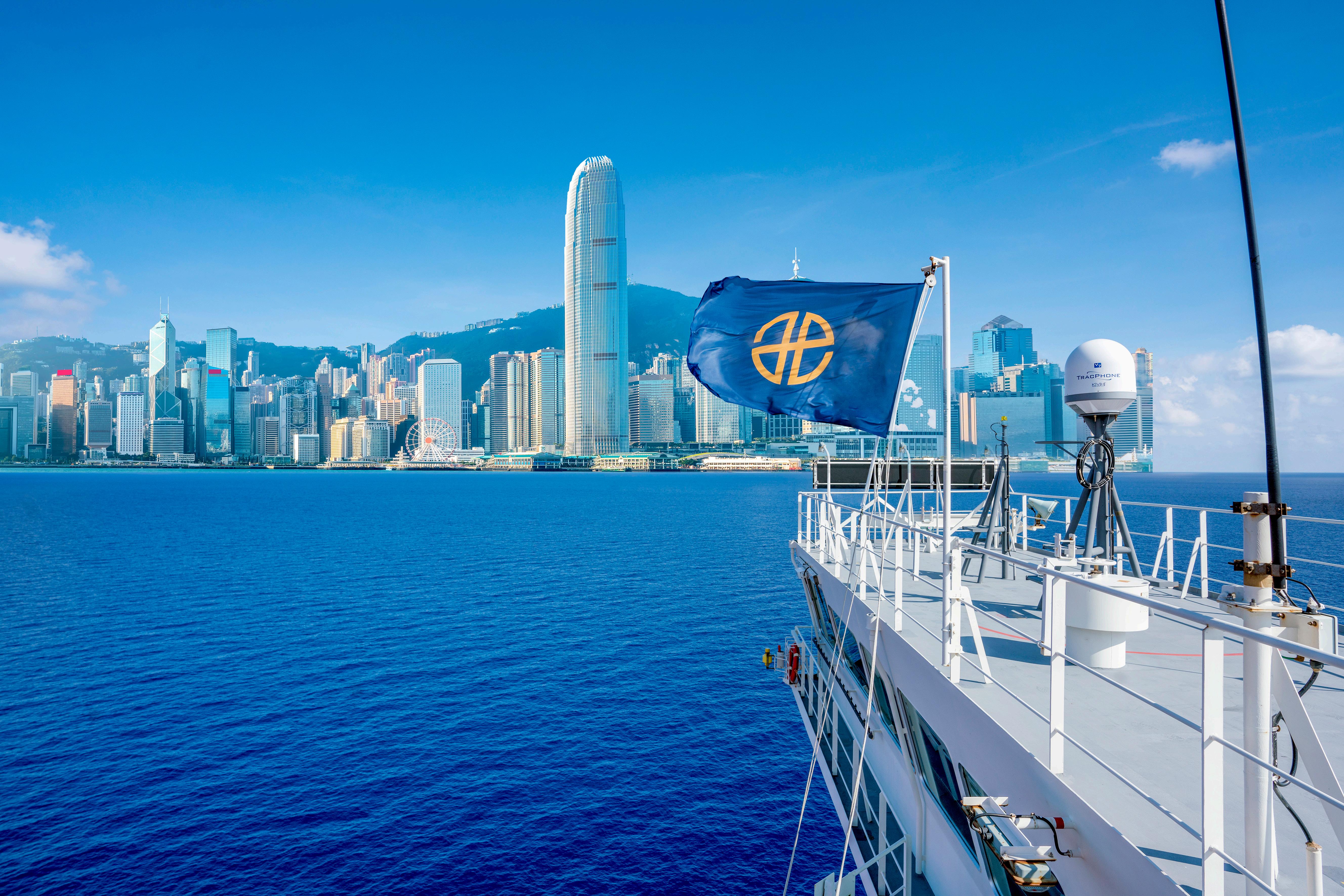



Hong Kong Shipowners Association (HKSOA), and the Hong Kong Maritime Museum (HKMM), together with their event partners, Invest Hong Kong, and the Hong Kong Trade Development Council
HKMW’s worldwide reputation has been greatly assisted by a growing number of global maritime support organisations who have been convinced that their members will benefit immensely from attending Asia’s premier maritime
Asian Shipowners’ Association, BIMCO, China Maritime Law Association, China Shipowners’ Association, China P&I Club, Hong Kong Maritime Law Association, INTERCARGO, INTERTANKO, International Chamber of Shipping (ICS), International Group of P&I Clubs, IUMI, Maritime London, The London Maritime Arbitrators Association, and World
The overarching theme for HKMW this year is “Navigating to a Greener Future”. Such a theme will of course resonate with the global shipping industry and beyond. Climate change and the ways to inhibit it by eliminating greenhouse gases (GHG) is the existential challenge of the 21st century. That the world’s shipping fleet meets this challenge will be of vital consequence for humanity. The greening of the world fleet is likely to reduce global GHG emissions by about 3%, based on
current data. But far more important will be the role that shipping has in supplying green fuels to every continent.
“Navigating to a Greener Future”, has resonance here in Hong Kong as the Government embarks on its ambitious project to develop the city into a highquality green fuel bunkering centre. The greening of Hong Kong Port is pivotal in the Hong Kong Government’s vision for its international maritime centre (IMC), as Angad Banga (pictured below), Chairman of HKSOA explains:
“Hong Kong is adopting eco-friendly shipping practices and driving investment in cleaner fuels and technologies,” he says.
“The Hong Kong government’s Action Plan on Maritime and Port Development Strategy aims to revitalise, diversify and future-proof the industry. It outlines firm commitments to sustainability and environmental protection, especially in the adoption of these green technologies. While it’s a tough journey, our progress is promising. With continued investment, innovation, and support from initiatives like Hong Kong’s green fuel bunkering plans, we can achieve substantial reductions in carbon emissions.”
“Achieving the goals outlined in the Action Plan, will require the participation of the industry and its financial supporters,” Mr Banga continues:
“One of the biggest hurdles is the initial cost of adopting new technologies and practices. The city’s financial acumen presents a significant advantage to help the maritime sector move further and faster toward its goals by providing the necessary capital and innovative solutions required to support the transition. The initiatives introduced here in Hong Kong could potentially serve as blueprints for other ports and maritime centres globally,” he declares.

A rundown of what promises to be a packed seven days
Many of the scheduled conferences, seminars, and forums, taking place during HKMW will be examining aspects of the main theme from a variety of thought provoking perspectives. Among them, the Asian Logistics, Maritime and Aviation Conference (18-19 November), dubbed the “Voice in Global Supply Chains”, will be devoting two sessions to the theme –“Green Energy Forum: Energy Transition towards Net Zero Emissions”, and “Fostering Sustainable Trade: Embracing Future-proofing Supply Chains”.
On its second appearance at HKMW, World Maritime Merchants Forum 2024 (18-19 November), is the brainchild of the China Merchants Group. Among the world’s largest shipping and port operators, it attracts a vast pool of maritime expertise from mainland China and overseas to its signature event. In sessions that will seek solutions to a wide range of challenges and opportunities confronting the maritime sector, the Forum will dive deeply into how to “Build a New Shipping Ecosystem for the New Era”.
HKMW 2024 is doubly blessed this year as in a unique arrangement the World Maritime Merchants Forum and Capital Link Hong Kong Forum join forces on 19 November. Held in partnership with DNV, and with the support of BIMCO, HKSOA and ICS, the joint Forum has lined up a packed programme of discussions led by top tier industry professionals who will tackle
the issues besetting green shipping, maritime technology, ship finance and ship management.
We took the opportunity to ask some of the organisers what we should expect from their events and what they have come to look forward to at HKMW.
Nicolas Bornozis (pictured) is the President and CEO of Capital Link, and a regular visitor to Hong Kong. We asked for some insight into the co-hosted “World Maritime Merchants ForumCapital Link Hong Kong Forum”.
“This cooperation brings together two organisations with a common goal of fostering dialogue and innovation in the maritime sector,” he proclaims.
“By combining our strengths and expertise, we aim to create a conference that features prominent global and Hong Kong industry leaders who will provide insights on topics relevant to both the international maritime community and the specific advantages of Hong Kong as a global maritime hub.
“Through this collaboration, we seek to promote knowledge sharing, support growth, and contribute to Hong Kong’s role as a significant maritime hub,” he adds.
The event will explore HKMW’s main theme from a range of key vantage points, Mr Bornozis assures us.
“The theme of this year’s Hong Kong Maritime Week is particularly relevant, as the entire world—not just the shipping industry—faces both the challenges and opportunities of achieving a greener

future.
“Our forum will delve into the multifaceted aspects of the transition to green shipping, exploring critical factors such as regulatory changes, technological advancements, and the development of alternative fuels. These topics will be examined from a variety of perspectives, reflecting the diverse voices and expertise of our speakers. Our forum will aim to take a realistic approach in terms of the feasibility of attaining the objectives set by regulators and the industry and identify alternative ways to get there.”
On HKMW, Mr Bornozis had this to say: “HKMW has always been a captivating event that brings together key industry players from across the globe. Each time we have had the opportunity to participate, we have come away with a deeper appreciation for the dynamic and evolving nature of the maritime sector and the role and significance of Hong Kong as a maritime cluster and global maritime hub.”
He continues enthusiastically: “What sets HKMW apart is its unique ability to blend global perspectives with local insights, creating a rich and diverse dialogue that reflects both international best practices and the specific characteristics of the Hong Kong shipping community. It’s a week where ideas are sparked, collaborations are forged, and meaningful progress is made toward a more innovative and sustainable future for shipping.”
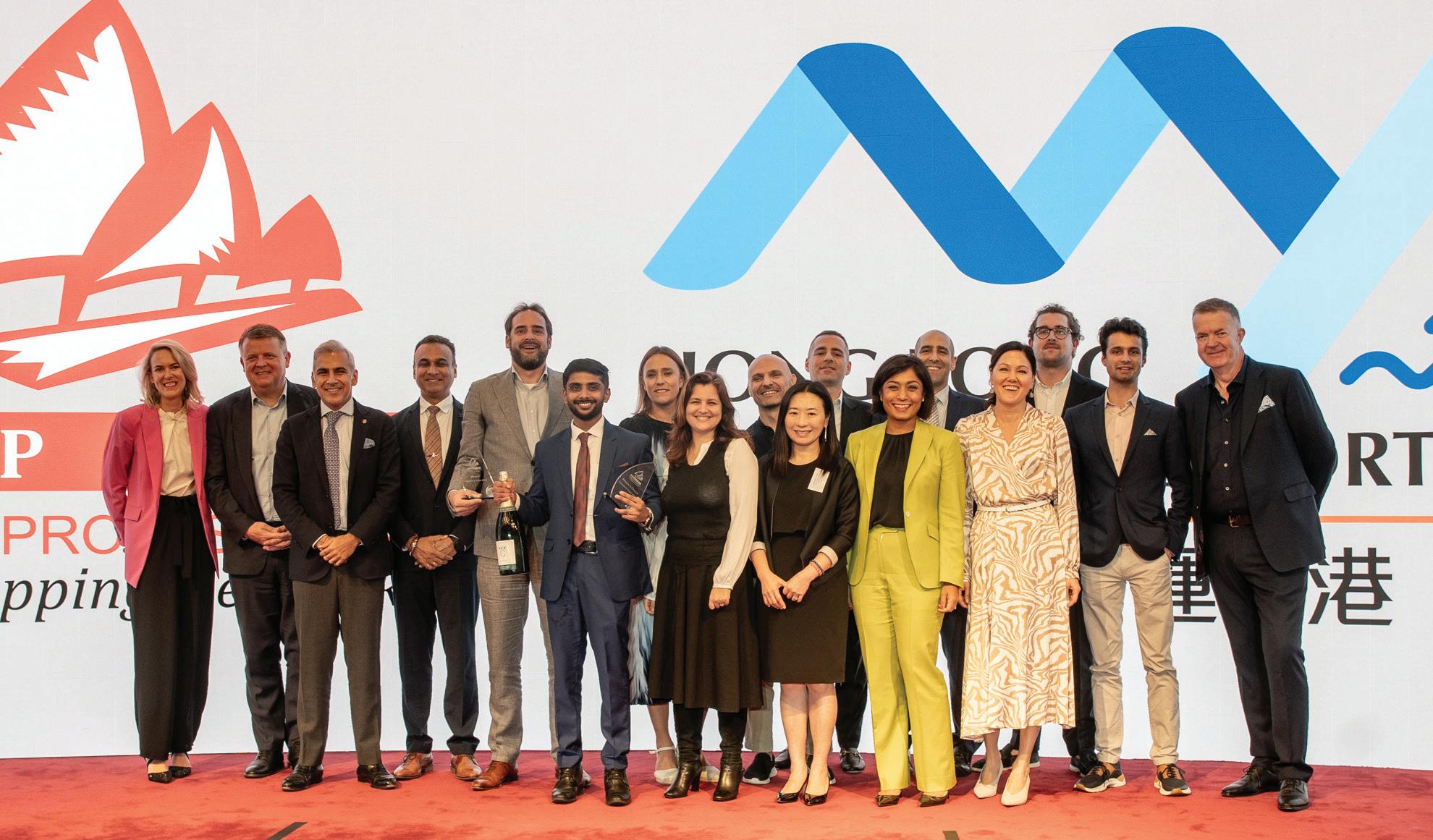
Hong Kong is rightly proud of “The Captain’s Table” (21 November).
This entirely home-grown event has become shipping’s pre-eminent pitch competition devoted to nurturing innovation. A mere startup itself just six years ago it has launched the careers of many innovative entrepreneurs and attracted several imitators along the way. Tabitha Logan is a Director of the Young Professionals in Shipping Network and Cofounder of the Captain’s Table.
“What began as a local initiative supported by the industry has transformed into a global platform attracting participants and audiences from around the world,” she exclaims.
“In 2024 the program received over 40+ applications from 20 countries and is anticipating an audience of 200 guests and an ever-growing online viewership now in the thousands, at its live finals.
“Hong Kong is proving to be a centre for collaboration between technology startups and the industry. With ample support from
the Government it is a popular base for startups looking to establish a presence in Asia,” says Ms Logan.
Attaining sustainability has from the beginning been the driving force behind the endeavours of all competitors, as Ms Logan explains:
“A key focus in previous years has been the urgent need for decarbonisation in the maritime sector.
“Each year the competition has carefully selected cutting edge solutions that address environmental challenges. These range from alternative fuels and additives to energy efficient technologies such as air lubrication technology, wind sails, carbon capture, digital twins, carbon in-setting, hull cleaning robots and more. This positions The Captain’s Table as a vital incubator for ideas that can drive the maritime industry towards a greener future,” she concludes.
Apart from Hong Kong, Xinde Marine, a mainland China marine services group brings its annual Xinde Marine Forum
Hong Kong 2024 (20 November) to Hong Kong once again. Heading up the company and the Forum is Gary Chen.
“During Hong Kong Maritime Week 2023, speakers at Xinde Marine Forum with the theme of “Shipping Decarbonization and Newbuilding” led valuable discussions on shipping decarbonization regulations such as EU ETS and FuelEU Maritime, the impact of green transition on shipbuilding and the way to greener shipping industry,” says Mr Chen.
“This year, with the theme of “Seize the Opportunity of Transformation and Shape the Future Together”, Xinde Marine Forum Hong Kong 2024 will gather stakeholders in the global shipping industry for insightful exchanges and discussions on opportunities and challenges facing Hong Kong as an international shipping centre, optimizing ship operation and management, developing green port and green fuel bunkering centres, as well as shipping finance and investment.”

With smarter cargo flows and a wider variety of vessels, we deliver unrivalled global shipping expertise every day.


The International Chamber of Shipping (ICS) is one the world’s principal shipping organisations, representing around 80% of the world’s merchant tonnage. It represents all sectors and trades and comprising national shipowner associations it can claim to speak for the majority of international shipping. ICS was granted consultative status to the International Maritime Organization (IMO) in 1961. As the leading industry representative ICS explains and advocates shipowner perspectives to IMO, the International Labour Organization (ILO) and other government regulators and important stakeholders.
The ties between Hong Kong and ICS have grown ever stronger since the advent of HKMW in 2016. This was demonstrated most positively when ICS established its first overseas presence with the opening of the ICS China Liaison office in Hong Kong in 2019. Using Hong Kong as its base ICS, with the able assistance of the Hong Kong Government and HKSOA, realised its long held aim of welcoming the China Shipowners’ Association as a full member in January 2023.
Following years of active participation by principal members of the ICS secretariat as speakers at past HKMW events, this year the Chamber will, with the Hong Kong Government, jointly host the inaugural Global Maritime Trade Summit (18 November).
The Global Maritime Trade Summit could not be more urgent. Some of the impediments to global trade, climate change – highlighted by the tradedisrupting drought that drained the Panama Canal, and the ongoing assault of commercial shipping in the Red Sea, and the seemingly endless conflict in Ukraine, are beyond the powers of the shipping industry to impose its will. But there are other manmade restrictions which shipping must confront with its allies at the United Nations.
Guy Platten is the Secretary General of ICS and will lead the proceedings at the Global Maritime Trade Summit.
“We are seeing an undesirable and unprecedented rise in protectionist measures across the world at the moment, which if left unaddressed, could disrupt and threaten the global economy,’’ Mr Platten warns.
Mr Banga, identifies the impact such trading restraints are having on the shipping industry:
“These protectionist measures in turn apply pressure on shipowners to minimise disruptions and operational delays. The macro challenges are likely to have an ongoing impact on supply and rates, the main reasons are continued high demand as global economies recover, limited vessel availability due to delays in the ship new building orderbook and ongoing disruptions in key trade routes like the Red Sea and the Panama Canal.”
Mr Platten sums up:
“Decades of progress toward open markets has begun to reverse in recent years, with damaging restrictions imposed as weapons in trade wars or in response to the pandemic.
“I am thrilled that ICS and Hong Kong have such a positive working relationship, and I am looking forward to attending Hong Kong Maritime Week later this year, as it will give us an opportunity to sit down with key industry leaders and stakeholders and discuss a way through these damaging policies.”

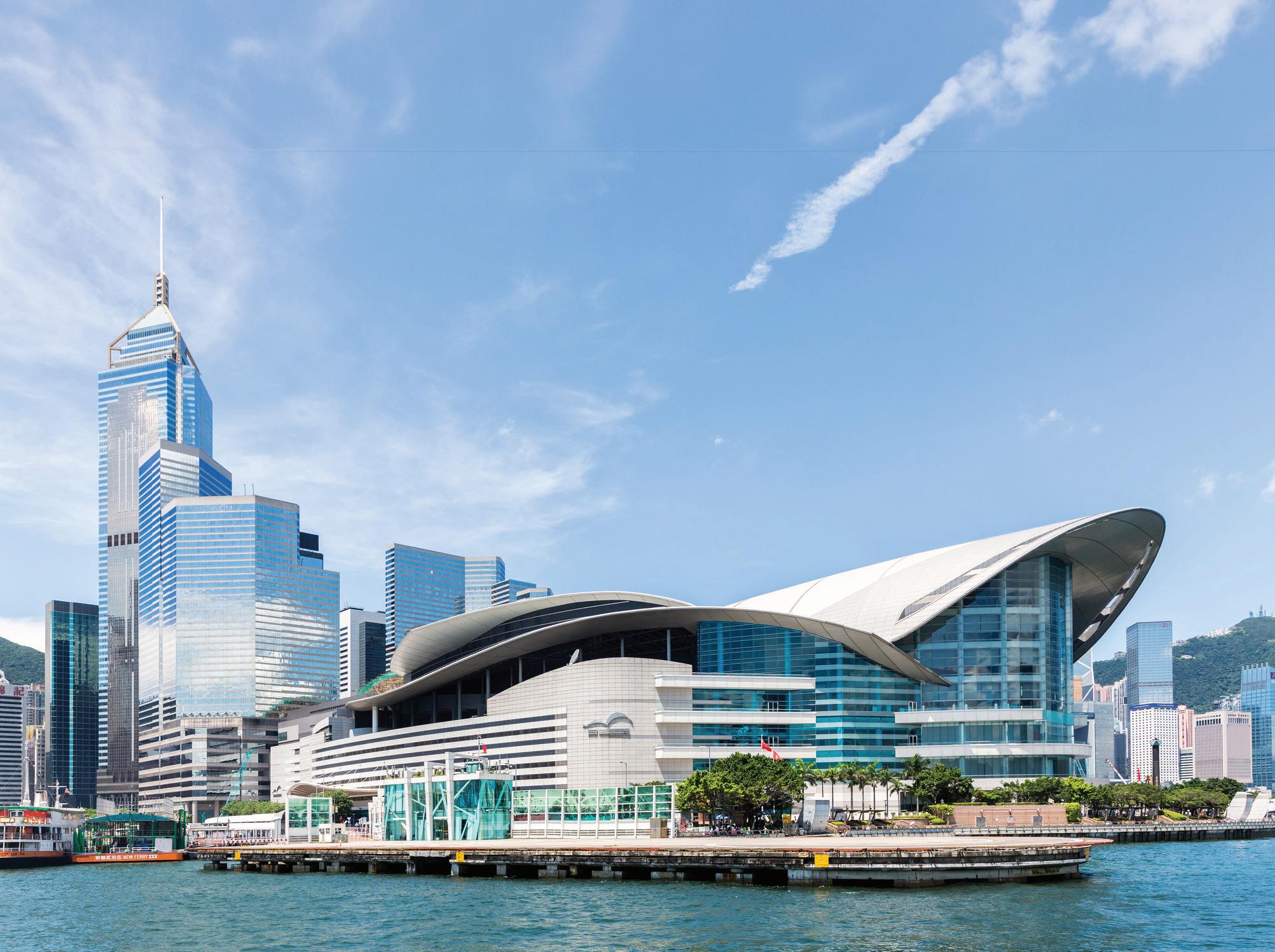
“Navigating to a Greener Future” is this year’s headline at HKMW. But shipping does not lack other challenges and opportunities. Limited space forbids a full run down of the calendar of events but some highlights to whet your appetite include sessions that highlight Hong Kong’s many strengths:
“Navigating to a Greener Future” is this year’s headline at HKMW. But shipping does not lack other challenges and opportunities. Limited space forbids a full run down of the calendar of events but some highlights to whet your appetite include sessions that highlight Hong Kong’s many strengths:
On 19 November AALCO (AsianAfrican Legal Consultative Organization) Hong Kong Regional Arbitration Centre, will present a programme that
demonstrates how Hong Kong’s IMC status is being reinforced through developments in arbitration, ship finance, and marine insurance.
Under the theme of Global Risks and Future of Shipping, the Institute of Chartered Shipbrokers (Hong Kong Branch), and the Nautical Institute (Hong Kong Branch), are partnering to offer valuable advice on building up a maritime talent pool, among other urgent topics of discussion (19 November). Attracting and nurturing maritime talent is also the leading concern of this year’s WISTA Hong Kong Luncheon (20 November).
An urgent concern of the Hong Kong Government is digitalisation and the creation of a smart port. This topic will be thoroughly explored by the Shenzhen Court of International Arbitration, South
China International Arbitration Centre, and Dalian Maritime University Law School in their session: “Digitalization in International Maritime Sector – Impacts and Legislative Response” (22 November).
Autumn in Hong Kong finds the weather at its most welcoming. The perfect time to see Hong Kong maritime at work in its natural surroundings. Leading operator Modern Terminals has extended an invitation to its facility in Kwai Tsing (22 November). The Maritime Professional Promotion Federation is offering an adventure in the legendary Victoria Harbour (23 November). And another chance to be asea in the sunshine is offered by the Marine Department and Hong Kong Seaman’s Union, who will be waiting to take visitors on a visit to the Vessel Traffic Centre.
A co-organiser of HKMW, the Hong Kong Maritime Museum (HKMM) daily stirs the imagination of the young people in Hong Kong, and for some it will be their first step toward a career in maritime. As Chief Executive of HKMM Richard Kendall explains:
“HKMM helps to shape the narrative of the week’s activities. It acts as a bridge


It’s our 10th Anniversary !
Thank you to our Clients and Partners for your support, we look forward to many more years working together.







between the maritime community and the general public in communicating the relevance of Hong Kong’s maritime heritage.
“In terms of activities, HKMM bookends Maritime Week, hosting a Family Fun Day in its galleries and halls on the closing Saturday at the end of the week. Beyond throwing open its galleries to the public for free enjoyment of its history, art and science take on Hong
Kong’s maritime heritage, it organises myriad other activities to keep families engaged and entertained,” he adds. Indeed, engagement and entertainment is what all organisers will be looking to offer their audiences this year.
With luck and hard graft and money it is to be hoped that the challenges and opportunities HKMW will address will be overcome or brought to fruition in the years ahead. But there is an important
HKMW first took to the stage in 2016. It was a tangible signal that the newly formed HKMPB was in the business of bringing maritime to the head table. Attendance for that first tentative event was 4,600.
By 2021, after a hiatus in 2020, due to the global pandemic, attendance figures rose to 18,000 with 38 individual events taking place across the city.

It is often said that every misfortune may have a silver lining. This is amply demonstrated by the increasing ability
of audiences to access live events remotely. Due to the benighted years of 2020-2022 the hybrid event is commonplace. As a result no less than 2.9 million visitors, remotely or physically gained a seat at HKMW 2023!
With the work that has gone into arranging HKMW 2024 and its over 50 events organised by more than 80 companies and organisations, and with the dedication of hundreds of individuals, we have no reason to doubt that HKMW 2024 will be the finest show yet.
takeaway at HKMW that will be ever present and should be grasped by all visitors. Richard Hext, Deputy Chairman of HKSOA, and Chairman of HKMM, sums it up succinctly.
“TLC. It’s a simple as that. Tender loving care. We all recognise it when we feel it and Hong Kong’s interpretation will be on display in the events that you witness and the many interactions you will enjoy with organisers and other local participants.”
T stands for Taxes – low taxes – and for Talent – hardworking people and easy access to working visas for expats.
L stands for Liveability – witness Hong Kong’s country parks, beaches, schools and busy local scene – and Law – a respected Common Law jurisdiction, unique to China.
C stands for Capital – Hong Kong boasts free movement of capital with deep debt and equity markets – and Connections – Hong Kong boasts a broad and bilingual maritime ecosystem on China’s doorstep.
“Generations of shipowners and related maritime business have over the years come to appreciate Hong Kong’s TLC, and thrived on it. I’m certain that by the end of HKMW, if you don’t already have a more permanent presence here. You will want to consider it.”


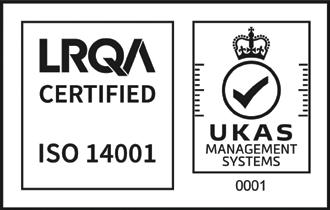


Dr Jonathan Beard, a partner at EY Infrastructure Advisory, writes for Splash on the
The challenges facing Hong Kong’s port are well known - much has been written and spoken about what needs to be done, not least to stem the loss of cargo. The figure below demonstrates some well-known trends - any notion that Hong Kong’s container throughput decline is cyclical rather than structural is wishful thinking. In 2023, Hong Kong and Los Angeles / Long Beach were the only top 10 ports to suffer substantial falls in cargo volumes. 2024 Q1, Hong Kong was the only major port to post a decline, with throughput falling –2.3% to 3.35m teu.
Given the absolute numbers, Hong Kong will remain a major hub and gateway for several years, however the direction of travel is clear and has been implicitly acknowledged by government and prominent stakeholders. At the October launch of the Hong Kong Chamber of Shipping, former chief executive C. Y.
Leung opined: “We shouldn’t be too concerned that the throughput of our container terminals has fallen behind many other ports in mainland China and around the world.” Leung sought to stress the importance of the city focusing efforts in developing its position as an international maritime centre.
In the recent policy address, Hong Kong’s current chief executive announced that the Hong Kong Maritime and Port Board will be reconstituted into the Hong Kong Maritime and Port Development Board, a high-level advisory body to assist the government in formulating policies and long-term development strategies. No doubt a positive step, but those with long memories, will remember that in the early 2000s, Hong Kong already had a Port and Maritime Board, which went into abeyance and then was re-created as the Maritime and Port Board. At that time, the territory
also had a Port Development Council.
Perhaps of more interest, are the laudable measures taken by government, including tax concessions and other policy support to enhance the development of high value-added maritime services – an area where Hong Kong does still have tangible and intangible advantages. Other articles have explored this issue at some depth, however I would like to highlight two key areas for the maritime sector and wider economy: 1) digitalisation and specifically digital trade; and 2) decarbonisation.
The painfully slow progress around the development of a digital port community system or smart port initiative has been noted by many stakeholders and stands in stark contrast to the progress made by Hong Kong’s Airport Authority (AAHK)
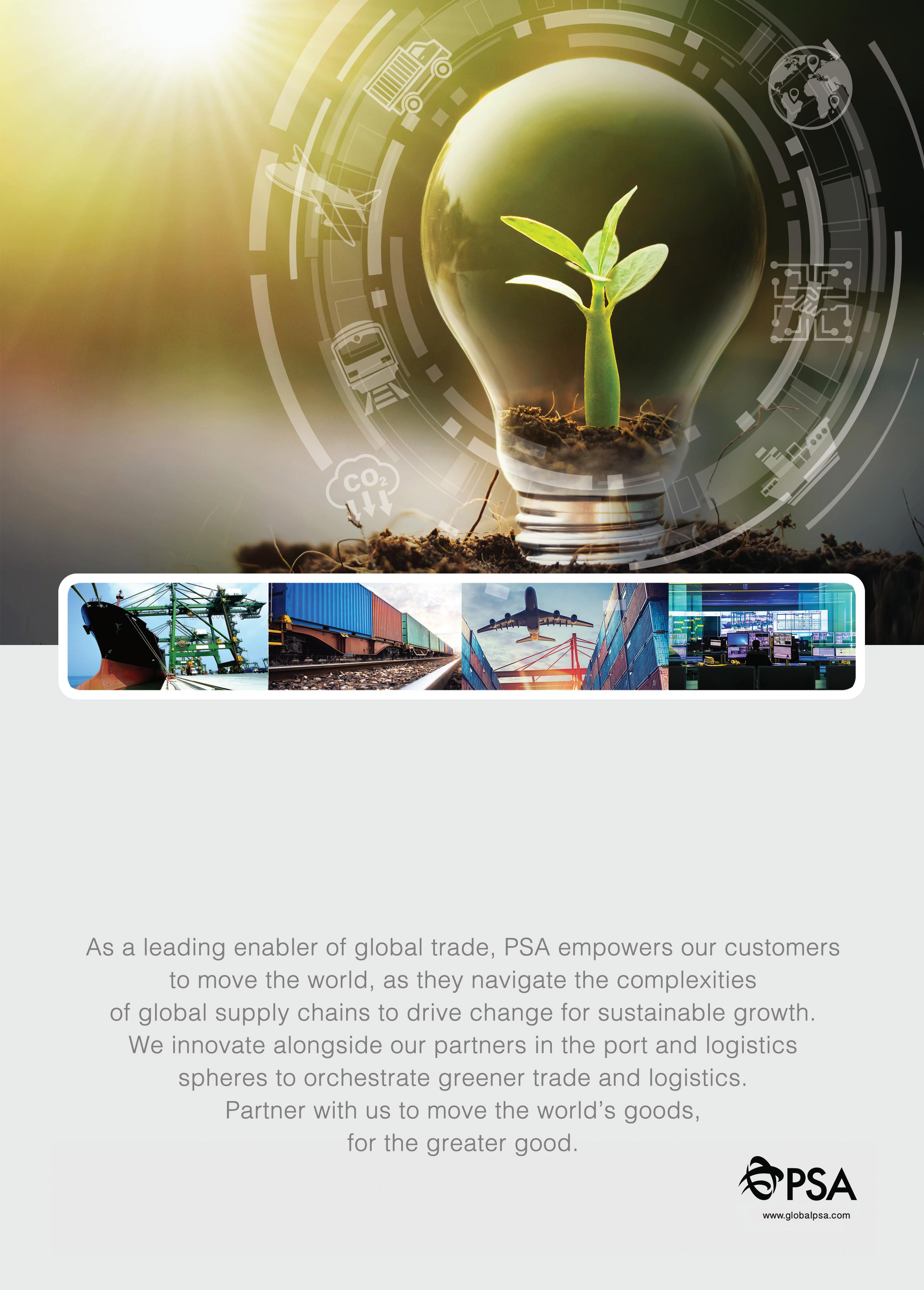




Source: HKSAR Marine Department; Alphaliner
in developing its Smart Cargo Data Platform. The suggestion of expanding that platform to accommodate the maritime sector and offer, one, integrated multimodal platform has now been taken onboard, which is a very welcome step and should avoid reinventing the wheel.
However, the wider issue of trade digitalisation remains a weak point. Globally, trade costs have fallen dramatically over the last 70 years, due to improvements in transportation and communications, trade facilitation initiatives and lower tariffs and nontariff barriers. As one of the purest freeports in the world, Hong Kong is an exemplar of the latter, but one important cost and barrier remains globally and especially in Hong Kong — the paperbased trade documents required by government agencies, freight forwarders, and logistics providers.
Despite the spur given to digitalisation by the covid pandemic,
many governments have yet to provide electronic documents with the same legal standing as their paper-based counterparts. The Hinrich Foundation, a non-profit organization that conducts research, education and advocacy on global trade issues, cites studies estimating that global shipping costs would decrease by 18% and exports could increase by 13% a year if trade documents were digitised.
Nonetheless, at a recent event, the International Chamber of Commerce (ICC) noted that whilst Hong Kong was a party to the World Trade Organization (WTO) Joint Initiative (JI) on E-Commerce, it has no digital trade agreements. The 2024 policy address announces that the government “will push forward reforms in the digitalisation of enterprises and trade”, but the territory does not have a digital economy strategy and remains well behind Singapore, mainland China, the UK, the UAE, Thailand
and other ASEAN countries, in terms of socialisation, consultation and legislation let alone implementation of digital trade agreements. The need for urgent action is clear.
In terms of the second area, decarbonisation, the agenda is moving rapidly, spurred by global agreements and targets under the International Maritime Organisation (IMO) and the incorporation of shipping into the European Union’s Emissions Trading Scheme (ETS). Leading stakeholders, especially shipping lines and vessel owners have been investing substantially in new dual-fuelled vessels that can run on LNG, methanol and more recently ammonia.
Leading ports and their respective port authorities have already implemented decarbonisation

initiatives and introduced regulations, including health, safety and the environment covering bunkering and vessel refuelling with new greener fuels. Where appropriate, these ports and related national governments have initiated measures to develop green bunkering. For example, through the Australian government’s Partnerships for Infrastructure Initiative (P4I), EY has been working with the Malaysian government and key industry stakeholders for three years on maritime decarbonisation and the development of green bunkering.
Hong Kong is a major bunkering port, albeit its global ranking has slipped in tandem with falling cargo volumes. The government has now commissioned a study on green bunkering, however given the much better availability of low carbon / green fuels in the mainland and the increasing concentration of maritime activity there, Shenzhen or Nansha may emerge as better locations for the physical activity of bunkering.
However, there may be an opportunity for Hong Kong to build from its expertise in financial and professional services to become a commodity trading hub,
perhaps as a complement to a physical bunkering hub or hubs elsewhere in the GBA. The Hong Kong government has wisely identified this opportunity and has also commissioned work to explore the feasibility and policy measures that would be needed for implementation. It goes without saying that digitalisation would need to be a key element of this.
There is an opportunity to complement this with a locally focused initiative to decarbonise Hong Kong’s maritime sector. Electrification of the harbour fleet (and commercial vehicles) and the provision of shore power would reduce Hong Kong’s transport-related emissions by up to 40-80% by 2050. At a recent transport decarbonisation workshop hosted by EY and attended by over 100 stakeholders, it was stressed that the time for action is now, due to the ageing fleet in Hong Kong and long lead time for infrastructure development. However, delivering a world class, sustainable eMobility ecosystem is a highly complex undertaking - it requires strong leadership, coordination, and
Horace Lo, the head of Hong Kong’s oldest terminal operator, admits boxes are not flying in at previous levels at the port he has worked at for many years.
“The port industry has been facing a lot of challenges in recent years and the throughput has been under pressure,” Lo says candidly.
Having said that, though, he stresses the throughput handled at the port of Hong Kong is still significant according to international standards.
“While the city is developing various high value-added maritime services, it is of importance for the HKSAR
a clear policy framework with targets, incentives and penalties. It also requires a champion and organisation that can take a ‘whole of ecosystem’ view across several policy aspects – again, the absence of a Port Authority in Hong Kong will make this all the more difficult.
Fifty years ago, Hong Kong was a manufacturing hub. At its height in 1970, manufacturing accounted for 31% of Hong Kong’s GDP and manufacturing employment accounted for nearly 42% of the total workforce in 1980. With the opening up of Shenzhen and southern China, Hong Kong rapidly transitioned to a service-based economy, building a formidable strength around logistics, trade, finance and professional services.
If Hong Kong is to preserve and strengthen its position as an international maritime centre, whilst exploiting these new opportunities around decarbonisation and digitalisation, both private and public sectors will need to demonstrate the same level of innovation, adaptability and can do attitude.

government to have supporting policies to facilitate the development of the port industry which has been making significant contributions to Hong Kong’s economy and employment,” he says, calling for the reconstituted Hong Kong Maritime and Port Development Board to become akin to the Airport Authority, with dedicated human and financial resources to drive the port forward with vision and long-term planning.
“With dedicated resources, this authority can execute initiatives and action plans more effectively and efficiently to enhance the competitiveness of the port,” Lo suggests.

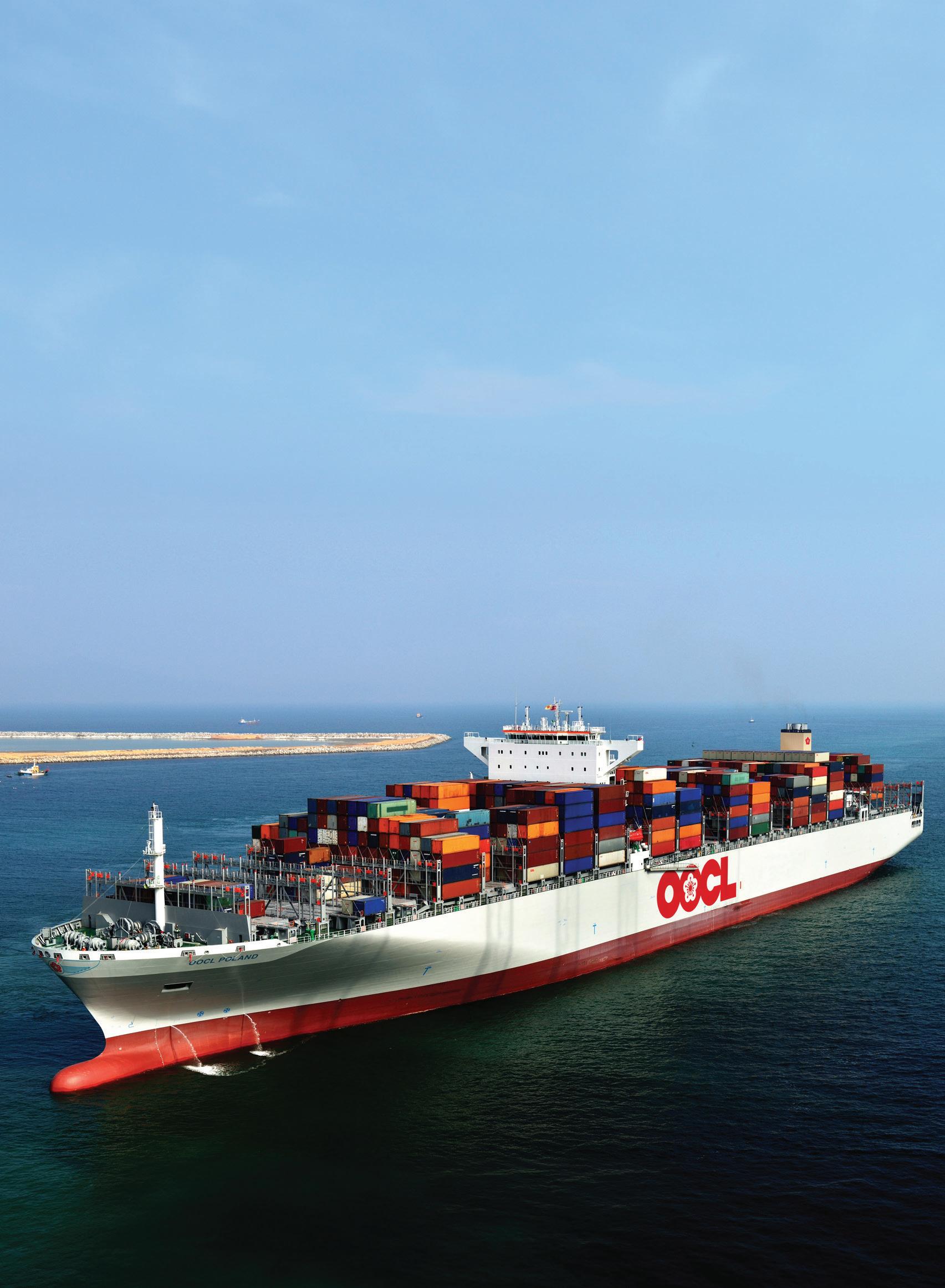
Hong Kong remains home to many famous shipowning brands. The following pages detail what some of the biggest names in the territory have been up to this year

As a global leader in maritime solutions, the Synergy Marine Group is committed to helping shipowners navigate the complexities of the EU Emissions Trading System and FuelEU Maritime regulations. Our expertise in technical management, digitalisation and sustainable ship management practices ensures that your fleet remains compliant and efficient in an ever-evolving regulatory landscape.
Through our innovative decarbonisation arm, Azolla, we offer cutting-edge solutions to reduce greenhouse gas emissions and enhance fuel efficiency. By integrating advanced technologies and sustainable practices, Azolla helps clients achieve their environmental targets while maintaining operational excellence.
Join us in shaping green shipping.
Discover more about our innovative solutions and sustainability efforts:
• Compliance with EU ETS and FuelEU Maritime
• Technical Management Expertise
• Advanced Digital Solutions
• Sustainable Ship Management Practices


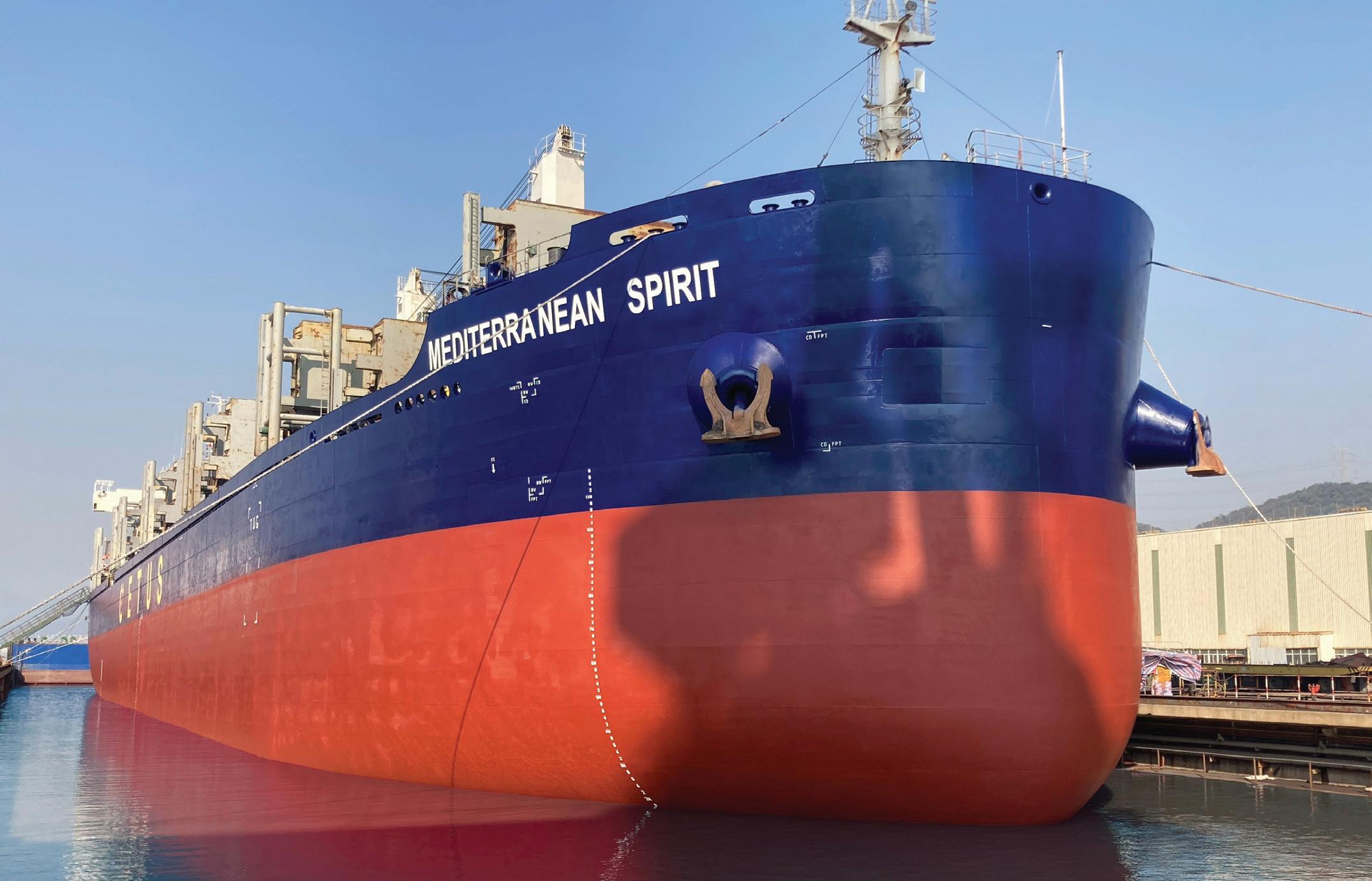
Cetus Maritime, the great consolidator within the fragmented handy bulk space, struck again in February.
The Hong Kong bulker outfit merged its fleet with Chile’s Nachipa Corp to create a 65-ship strong company – roughly split 40 owned and 25 chartered in.
Cetus Maritime was created last year via the merger of Asia Maritime Pacific and Hamburg Bulk Carriers.
“The fit with Nachipa was obvious to both sides from the start,” said Mark Young, Cetus Maritime’s CEO. “For Nachipa, fleet scale is key to realising their business strategy. For Cetus, the Nachipa team is an impressive addition to our operational business, while the Nachipa vessels are accretive to our growing eco-fleet.”
Continental Kapital Shipping Company held an opening ceremony this August bringing together some of the big names in Chinese shipping.
The company is a 50:50 joint venture
between SeaKapital Holdings and Seacon Shipping established in Hong Kong. The company focuses on the acquisition, ownership, chartering, leasing, and management of various types of vessels, including multipurpose/heavylift ships, chemical tankers, and dual-fuel car carriers.
As well as hosting an opening ceremony, the new company also hosted a naming ceremony for two 62,000 dwt multipurpose vessels built at Huang Hai Shipyard, the first deliveries in a series of six ordered at the yard.
Sabrina Chao, founder and chairman of SeaKapital, said: “As the largest shipmanager in China and one of the top 10 largest shipmanagers in the world, Seacon has great experience in the technical management of different types of vessels, while SeaKapital has rich expertise in international ship financing and ship leasing.”
Chellaram Shipping (Chellship) took delivery of the 64,650 dwt ultramax Darya Diya on September 11 from New Dayang
Shipbuilding in China. This is the first in a series of three ships being built at New Dayang and the 24th vessel to join the Chellship feet.
Rather than a bottle of champagne, Indian-backed Chellship went with a traditional breaking of a coconut on the vessel’s hull, a ship called Darya Diya, which means the lamp of the sea.




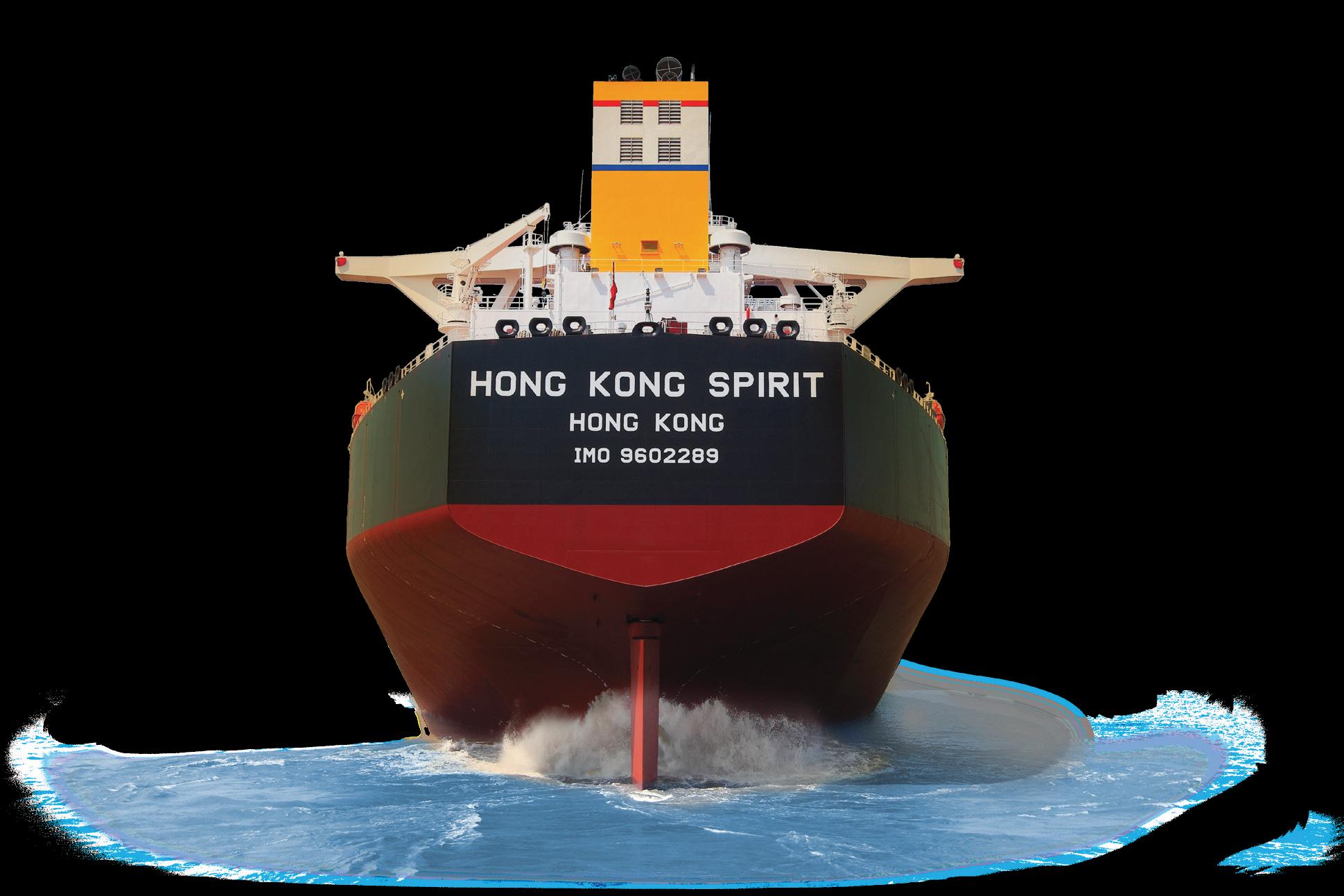




Orient Overseas Container Line (OOCL) has just revealed itself as the charterer of a recently ordered 13,600 teu series by containership tonnage provider Seaspan.
The COSCO-controlled liner operator said in a stock exchange filing it would charter the newbuilds for 15 years each and pay a total of about RMB11.2bn ($1.57bn).
The Bing Chen-led Seaspan contracted Hudong-Zhonghua Shipbuilding for six ships with delivery by 2028. The first pair is scheduled to enter service in the fourth quarter of 2026.
The 336-m-long newbuilds will be fitted with scrubbers and energy-saving devices and be future fuel-ready. The order by the world’s largest boxship lessor was notable for being settled in renminbi rather than US dollars.
Dry bulk giant Pacific Basin has stepped up its long-term focus this year by investing in low-emission vessels
to bolster its fleet’s efficiency and strategically position the company as a distinct market leader.
With a fleet of more than 290 bulkers of which 112 are owned the Martin Fruergaard-led handysize and supramax specialist boasting a network of 14 offices on six continents recently snapped up a 2016 Japanese-built chartered supramax and took delivery of a long-term chartered handy newbuilding.
The fleet will be expanding further with the addition of larger and more efficient newbuildings. The company awaits the arrival of the first of four long-term chartered 64,000 dwt utramax newbuilds and the third of four newbuild and longterm chartered 40,000 dwt handies in the fourth quarter of 2024. Each of these timecharters comes with an option to extend at a fixed rate, and the option to purchase the vessels at a fixed price.
Next year, Pacific Basin has the option to further optimise its owned fleet with four Japanese-built handies, at a price below the current market value for these types of secondhand ships.
Pacific Basin has not ordered ships for
a while, CEO Fruergaard told delegates at this year’s Geneva Dry event, preferring instead to invest in share buybacks as owners face high prices at yards and all the ongoing uncertainties surrounding green fuels. The company launched a $40m share buyback programme in May 2024.
During 2024, TS Lines reentered the transpacific trades for the third time, tempted by the current high freight rate environment. The carrier decided in July to deploy a couple of extra loaders to the US west coast before establishing a vessel-sharing agreement with Singapore’s SeaLead Shipping on a service between China, South Korea and Long Beach. SeaLead operates four ships and TS Lines two vessels on the service –all sub-3,000 teu in size.
The company also ordered six vessels during the year. The company ordered four boxships in June from Shanghai Waigaoqiao Shipbuilding. Two of those
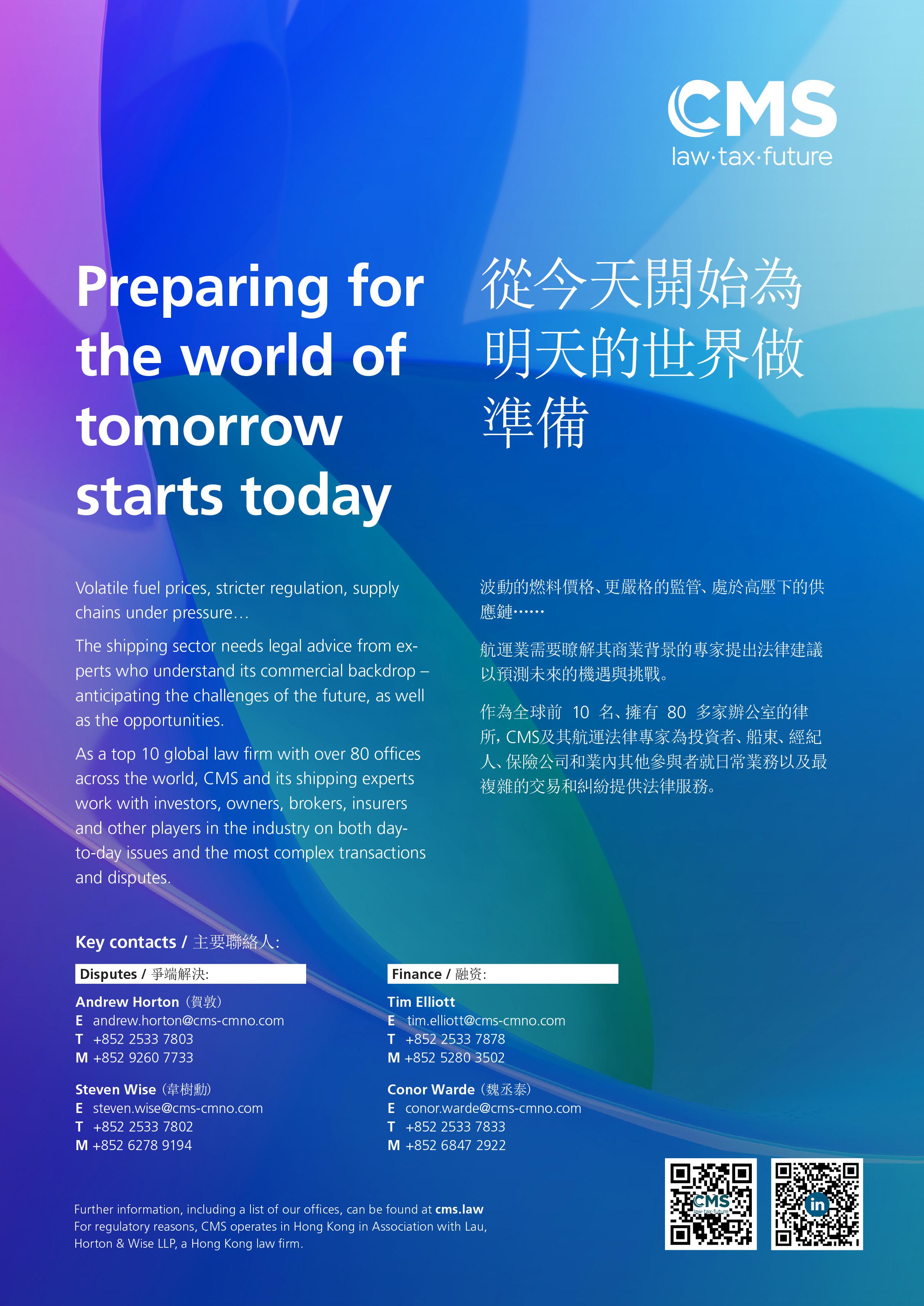

are methanol dual-fuelled 14,000 teu ships while the other two are 7,092 teu vessels. The scrubber-fitted ships are valued by brokers at $145m per unit for the larger ships and $89m for the smaller ones.
Later in the year, the Taiwanese firm ordered a pair of 4,300 teu newbuilds, each priced at about $60m and scheduled for delivery in 2027, from Huangpu Wenchong Shipbuilding.
The latest series will see TS Lines’ owned fleet grow to 50 vessels on a fully delivered basis and around 168,000 slots.
The company was also able to complete an initial public offering on the Hong Kong Stock Exchange at the third time of
asking. Previous IPOs were pulled due to unfavourable conditions but the listing on October 31 was successful, raising HK$491m ($121m).
The Hong Kong Chamber of Shipping was launched in October as a body designed to boost the city’s credentials as an international maritime centre.
CY Leung, former head of the territory, is one of the chamber’s co-founders, with Hing Chao, the head of Wah Kwong Maritime Transport, serving as its chairman.
“Ports, shipping companies in China, as they become more international, they will naturally want to tap into Hong Kong’s high value-added maritime service,” Chao said at the launch of the new body.
Wah Kwong joined Tankers International, the world’s largest shipping pool for VLCCs, earlier this year.
The owner currently owns and operates more than 30 ships, with over 70 other vessels under management.
As well as a number of newbuild orders in China this year, Wah Kwong has also signed a deal with Sumec Marine to upgrade vessels and further improve their performance by installing sails, shaft engines, and other measures.


For all the latest shipping tech developments


BY




Angad Banga, chief operating officer of The Caravel Group, was just 10 when his father, Harry, and firm friend Kishore Rajvanshy founded Fleet Management in Hong Kong back in 1994.
The Bangas and the Rajvanshys both had families of a similar age. “The shippies are getting together,” the younger Banga recounts, smiling, as he recalls ‘Uncle Kishore’ coming round regularly to his father’s house back in the 1990s.
“That has been the ethos of the Fleet I’ve grown to love,” the younger Banga tells Splash. “It’s a family-centric organisation. Yes, we might be working 24/7, but we want to spend time with families out of work hours. There’s a lot of nostalgia that we should not forget.”
As Fleet, now the world’s secondlargest third-party shipmanager with more than 650 vessels on its books,
turns 30 this month, Rajvanshy, 76, its founding managing director, is preparing to step down, providing further reason for reflection on the evolution of an extraordinary company.
“When Fleet started it was not in my wildest dreams that 30 years hence the company would be where it is today,” Rajvanshy says, describing Fleet’s “humble” beginnings with a handful of ships and a staff composed of a secretary, an assistant and himself.
Business was very much driven by word of mouth in those early years with Fleet leaping from 10 vessels in year one to pass the 100 mark as it geared up to celebrate its 10th anniversary.
“Success is a byproduct of the work you perform,” Rajvanshy says.
Harry Banga, Caravel’s chairman, notes that among the big names in shipmanagement, Fleet stands out as the only one to have grown 100%
organically.
“We had the balance sheet to buy others, but we were so particular about our ethos and culture and I am glad we did not dilute that,” the shipping and commodities veteran tells Splash.
The older Banga has had plenty of time to consider how the business of shipmanagement has – and has not – changed over the years. There are three principles, three Ps, he says, that remain as relevant today as they did back in 1994: people, partnership and performance.
The challenge today is to source the right people, the chairman says.
“Shipping was a better career option back in 1994,” he concedes. Young people in leading crew nations such as China, India and the Philippines have so many more career options today.
“We must address that. To get talent you have to pay and you have to grow,”


Banga says.
Looking ahead, Angad Banga says that Fleet’s focus on people will not change.
“At the end of the day we we are a human capital management business,” the COO says, admitting that the type of people Fleet will need in the years ahead will need to change. A superintendent, for instance, might need to become more of a manager of a vessel.
Nurturing talent, investing to make a smooth transition from ship to shore has always been – and will continue to be – a core tenet of the organisation, Banga says.
Turning to partnerships, the COO reckons that these previously onedimensional relationships with owners have evolved. Adding value-added services is vital, as well as becoming a partner to a customer’s customer, Banga says, citing agricultural trading giants and oil majors as good examples.
Success is a byproduct of the work you perform
Partnerships also need to increasingly extend to regulators, he adds.
Last but not least, in terms of how the business of shipmanagement is changing, the COO touches on technology and the ability to manage assets better, and improve transparency with clients.
All of which brings the discussion to this month’s big news: the appointment of Malaysian national Captain Rajalingam Subramaniam to take over the day-to-day reins at Fleet.
Subramaniam, the former president and group CEO of Malaysian flagship MISC, became CEO Elect on 21st October, reporting to Harry Banga. Rajvanshy takes on the role of managing director emeritus and remains as a non-executive director in a senior advisory role.
“Kishore is as irreplaceable as my dad. They founded it from lightbulb to lightbulb,” says the younger Banga on the appointment process. “When we start with the premise that there is no way anyone can do the job the way our founders have done, then that actually makes the hunt for a replacement easier.”
The COO tells Splash that the two men in front of him – Fleet’s founders – were CEOs, COOs, CTOs – “frankly anything with a C in front of it.” This has been something the group has been changing over the last five years as the generational shift in leadership inexorably approached.
With Subramaniam in place, the aim, says the younger Banga, sounds simple. “Evolution not revolution. If it ain’t broke, don’t fix it.”


Big birthdays, the ones that end with a zero, have a habit of making us reflect on what has passed, and what might be to come. So it is with major corporate milestones as well.
“When we set up the business, we didn’t start out with a vision to become one of the largest ship management companies in the world. In fact, there was no such thing in 1994; it was just an idea we had. Fortunately, it turned out to be a good one!” Dr Banga reflected.
The company now operates all over the world and looks after more than 650 vessels in a portfolio that runs from bulk carriers to ultra large containerships, and cutting-edge 180,000-cbm LNG carriers.
Its client list has grown from two shipping companies willing to take a chance on a new business to 120 clients, and operations that span the world.
A long-term view and heavy emphasis on partnership has underpinned Dr Banga’s outlook: “I always felt that if you did right by the customer, they would do right by you. It turned out to be a good insight,” he said.
His approach is also shaped by a deep knowledge and care for the industry that
Dr Banga himself grew up in – rising from a junior rating to a Master Mariner before he had turned 30. Now a captain of the maritime industry, serving with distinction in business, public service and philanthropy, Dr Banga inspects each report or plan that crosses his desk with the same, rigorous attention to detail.
By Dr Banga’s side for Fleet’s 30-year journey has been his friend and colleague, Dr Kishore Rajvanshy. Also a mariner, albeit rising through the technical side as a Chief Engineer. The thirtieth anniversary is a bittersweet moment for the two gentlemen. After navigating the highs and lows of an industry more prone to the winds of change than many, Dr Rajvanshy will retire at the end of the year.
“Kishore’s visionary leadership has driven the success of our business, and his dedication has left an indelible
mark on our company and the maritime industry as a whole. But he has been more than just a leader of our business; he has been a wonderful friend, and a trusted advisor,” said Dr Banga.
As the business looks ahead to its next thirty years, it has found its next leader. Captain Rajalingam (‘Raja’) Subramaniam brings with him both seafaring experience as a Master Mariner, as well as strong business acumen acquired in his role as President and Group CEO of MISC Group, and he will be working very closely with Angad Banga, COO of The Caravel Group.
“This once-in-a-generation leadership transition is not just a change at the helm; it is a celebration of our shared journey and a bold step into the future,” said Dr Banga.
The company looks well set as it heads into its fourth decade.
I always felt that if you did right by the customer, they would do right by you. It turned out to be a good insight

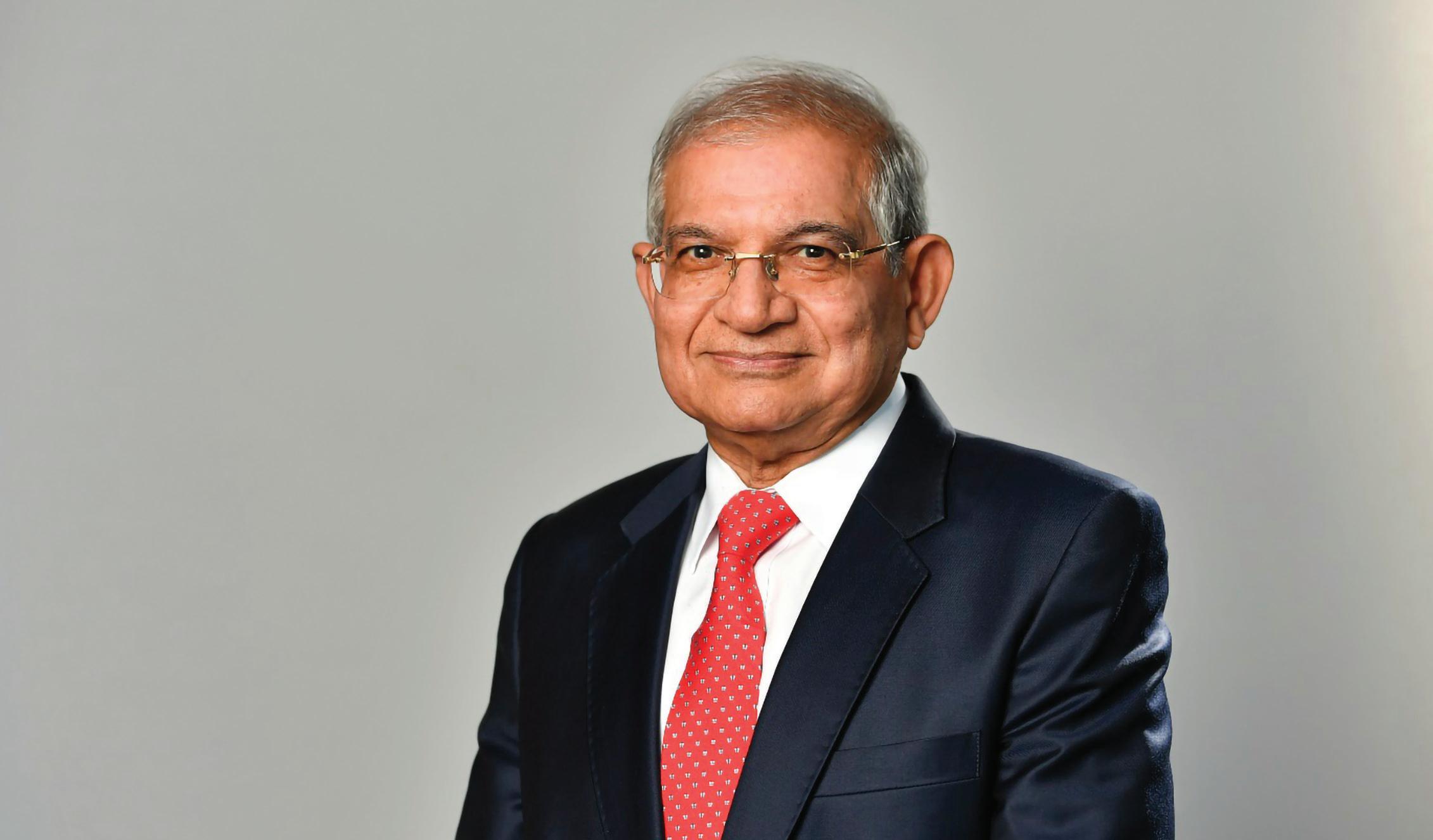
Fleet Management Limited started life in 1994 in humble circumstances. The early days saw just three employees – Dr Kishore Rajvanshy, an assistant and a secretary – working hard to convince prospective customers to take a chance on them, and their new idea: third-party ship management.
As it celebrates its third decade, Fleet finds itself in rude health and that is in no small measure due to the endeavours of Dr Rajvanshy.
From the outset, he was a hands-on leader, taking control of virtually every aspect of the business. A former Chief Engineer, he found himself learning on the job about accountancy, contract law and business development while also ensuring each vessel was maintained, crewed and scheduled.
“I supervised every aspect of the business, from preparing bills of lading to accounts to crew rosters. It meant we could deliver a completely unique, personal touch and that level of service meant our reputation grew quickly,” said Dr Rajvanshy.
“I had so much to learn, and I had
I had so much to learn, and to do it the hard way through trial and error
to do it the hard way through trial and error. Luckily, we got most of it right and here we are, all these years later,” said Dr Rajvanshy.
That eye for detail has been passed onto the next generation of leaders in the business and is one of the reasons why Fleet is renowned for its customer service.
So too Dr Rajvanshy’s passionate advocacy of stringent safety measures and ethical practices. The company has a proud safety record in large part because it rigidly enforces safety training and protocols, such as the introduction of a compulsory three-day SafeR+ course that has led to an 80% drop in accidents.
Through the ‘Encompass’ sustainability strategy, the company is playing its part in reducing maritime carbon emissions and delivering positive impact for people and communities.
Its foundational principles are just one reason why the company is set for the next thirty years. Those principles – delivering
customer excellence every time; a fanatical approach to safety; and putting people at the heart of the business – are as keenly felt through the business as they were in 1994.
Fleet’s commitment to service excellence will last long after Dr Rajvanshy transitions into the role of senior advisor at the end of this year. After 30 years with the business, he will hand over the reins to Captain Rajalingam Subramaniam.
He leaves an indelible legacy both in terms of the company he has helped build but also in his contribution to the maritime industry where he has filled numerous roles including Chair of BIMCO’s Ship Manager Advisory Panel and Chair of Lloyd’s Register Asian Shipowners Committee.
Dr Rajvanshy has left big shoes to fill but his eye for detail has built an organisation that delivers for its customers today, and will continue to do so for decades to come.

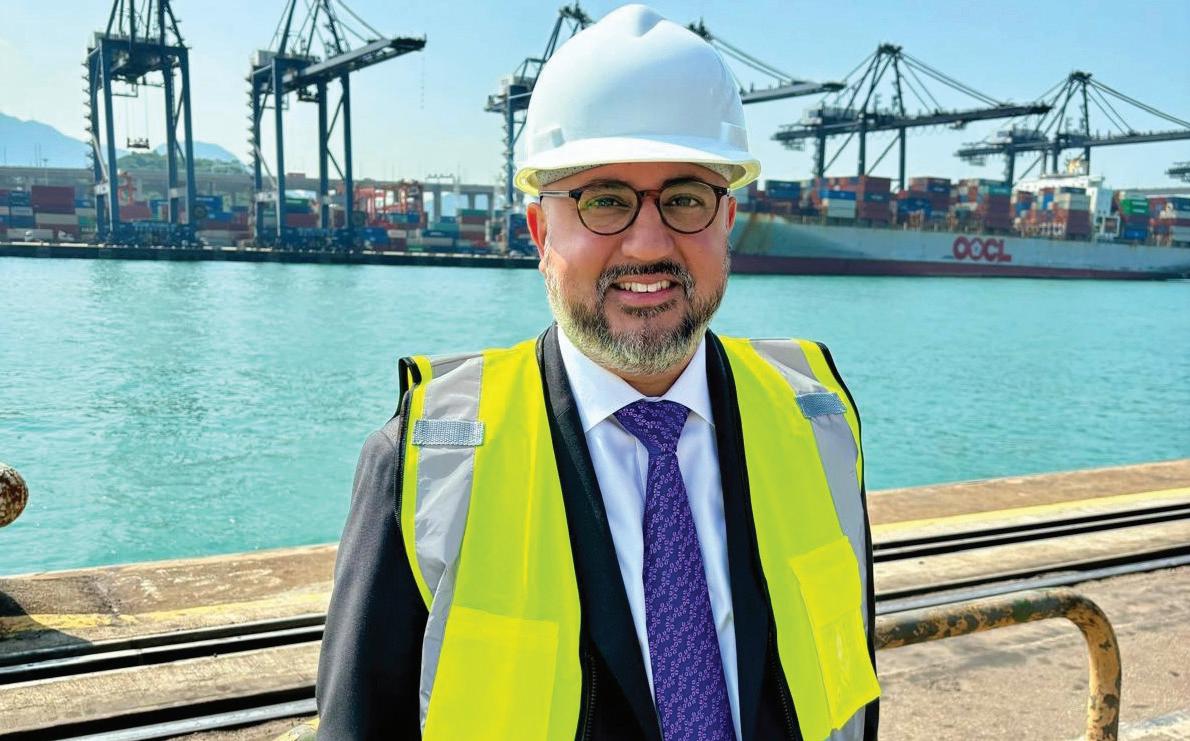
Over 80% of global trade is transported by sea. But who moves those ships? They are powered by people.
Since the company’s founding thirty years ago, the welfare of seafarers has been at the heart of Fleet’s approach. We work in an industry where the stakes are high, and a “seafarer-first” mindset remains deeply engrained in our company’s culture and decision-making processes.
My father – a former Master Mariner – and Fleet’s Managing Director, Dr Rajvanshy – a former Chief Engineer – have long instilled the importance of concentrating on the fundamentals of safe practices and high standards. Dr Rajvanshy regularly reminds our leadership team: “Let’s not focus on growth. Let’s focus on doing our job correctly every single day – safely – and it will be a byproduct.” This philosophy underscores a belief that growth is a consequence of building a ‘trust bank’ with clients and partners. Under their leadership, the company was built customer by customer, relying on word-of-mouth referrals that stem from exceptional service and reliability.
In my ten-year tenure at Fleet, I have
learned the inner workings of a business built by former seafarers. It runs in the DNA of the company, through every decision. And it has reinforced my profound respect and sense of duty that Fleet’s future growth will be rooted in its unwavering dedication to its people –both seafarers and onshore employees.
In October, we welcomed Captain Rajalingam (‘Raja’) Subramaniam as “CEO Elect” and he formally takes the reins from January 1, 2025. With his proven track record and first-hand seafaring experience, the legacy of the ‘seafarer first’ mentality that has underpinned our growth will continue. By focusing on safety, wellbeing, and the delivery of quality operations, the company is cultivating an environment which positions us to deliver safe, efficient, and sustainable shipping operations for decades to come.
What will this look like in practice? First – and above all – an enduring
commitment and continual reinforcement of safe operations. Nothing could be more important. And then a renewed focus on recruitment and retention – a challenge shared across the shipping sector as we grapple to build a pipeline of nextgeneration talent to power the industry.
As Fleet looks to the future, we intend to focus on our value-added services. The maritime sector is undergoing significant transformation, driven by decarbonisation, regulatory compliance and technological advancements. Fleet recognises that its role now extends beyond traditional ship management; our clients need partners and innovators as we navigate increasingly complex industry challenges together.
Contributing insights, tools, and best practice sharing in areas such as decarbonisation, Fleet is committed to advancing a more sustainable future for maritime trade, aligned with global efforts to combat climate change.
Industry advancements in technology will have wide-ranging implications – let’s look beyond just the ‘hot topics’ such as autonomous ships. Technology has huge potential to deliver safer, more efficient and cost-effective means to better care for our clients’ vessels and cargo. By unlocking greater insight about the ships – from sensors to data sharing – we can improve connectivity dramatically. And we will continue to explore and adopt technologies to connect seafarers with their families back home during long voyages.
I am immensely excited about what lies ahead, as we deliver Fleet’s strategy to ensure that the “human capital” that sits at the heart of our operations is treated as our most precious asset. And in doing so, enhance the services that we provide to clients.
Fleet’s future growth will be rooted in its unwavering dedication to its people – both seafarers and onshore employees


“Investing in people is the right thing to do, particularly in an industry which changing as quickly as ours is,” said Dr Banga, Chairman and CEO of The Caravel Group, recently.
From ship to shore, the company now spans a workforce of more than 27,000 seafarers and 1,200 onshore staff so creating a culture that unites both is a major focus of the business.
While the company’s people-first, safety-focused culture is clear to see, its central importance will continue to grow as the maritime industry grapples with maintaining a strong pipeline of talent.
To quote former IMO SecretaryGeneral Kitack Lim: “If we do not ensure seafarers’ rights and wellbeing, we will not be able to retain the existing seafarers in the profession and will certainly not be in a position to attract any new ones, which would have huge and long-lasting consequences.”
“The industry is competing with attractive shore-based opportunities that don’t carry the same perils. And for young generations on their phones all the time, provisions such as internet connectivity and entertainment are so important,” explained Mr Angad Banga, COO.
The company is focussed on training programmes to attract and shape the future generation of maritime leaders in an industry that is evolving rapidly. Technical training is just one aspect of the company’s approach. There is significant investment in maintaining a safe working
environment through regular safety training, such as Fleet’s SafeR+ course.
In addition, the company incentivises seafarers who can earn credits for safe operations which is paid to their families at the end of a contract, alongside recognition for their diligence from the
including Captain Pankaj Singh, General Manager of Service Delivery, who joined as a cadet in 2001 and built his onshore career in the Personnel Division.
Elsewhere Captain Ranvijay Singh Rana, Director of Dry Operations, celebrates his own 30th anniversary this
Investing in people is the right thing to do, particularly in an industry which is changing as quickly as ours is
Fleet’s senior leaders.
Recognising the strain that months away at sea can place on both seafarers and their families, Fleet has also invested in welfare programmes including onstaff psychologists to support seafarers’ mental health. Local teams are also in regular contact with their families to offer support.
Offering careers – not jobs – is a core part of Fleet’s strategy. The company helps bright talent to transition from ship to shore and contribute their expertise and talents to support the ships and crew. Many have stayed with the company for their whole careers. This is exemplified by Captain Aga Nagarajan, the soon-to-retire Executive Director of the Fleet Personnel Division. After reaching the heights of Master, he came onshore in 1997 and rose through the ranks to become an Executive Director of the company and a Member of the Board. Others have followed in the same path,
year. He joined Fleet as a junior officer in 1994 and sailed on its very first ship. He now ensures technical excellence across this important portfolio segment.
Looking after people is not just the right thing to do; it makes sound business sense too.



Wellbeing in the workplace has become a management challenge for almost every organisation on the planet over the last few years. Given the stresses and strains – both physical and mental – placed on seafarers, though, it is mission critical for businesses in the maritime industry.
Launched 15 years ago, Fleet Care takes an innovative approach to seafarer wellbeing – whether they are at sea or at home – and extends the same care to their families too. Across the industry, progress on physical safety and wellbeing has outpaced other areas and the company is committed to progress with a holistic approach.
Fleet’s mental wellbeing support is anchored by three clinical psychologists who provide counselling services to seafarers in need, providing rapid diagnosis and treatment of mental, behavioural and emotional challenges. On the front line, the team has created a Crisis Response Network with the Sailor’s Society. Operating 24-hours a day, it provides counselling services via phone,
email, or chat messaging in 12 languages including English, Hindi, Tamil, Mandarin, Tagalog, Korean and Turkish.
The team has also innovated, with additional programmes that train crews with the skills to recognise and respond to mental health issues to help colleagues quickly and effectively.
Recognising the effect of limited social interaction, Fleet has put in place a range of sports and social initiatives to give crew members the chance to bond, as well as foster a sense of team.
This onboard care goes a step further with investment in better quality food options, gyms and entertainment systems that give crew members the chance to relax when they are not on duty.
With the influence of their time at sea, the senior management of the company has also insisted on including seafarer families in the Fleet Care programme. Social convenings of families hosted on virtual get-togethers offer an opportunity for a catch-up as well as some fun. With more personalised support available for the families that need it.
We need to cast our net as far as possible to find the best talent. That search should not be hindered by old-fashioned views of gender, religion, nationality or anything else
Medical insurance – Marine Benefit –is provided to seafarers’ families, as well as seafarers on leave, to ensure that their health and wellbeing is looked after when they sail with Fleet.
“We need to cast our net as far as possible to find the best talent. That search should not be hindered by oldfashioned views of gender, religion, nationality or anything else,” said Dr Harry Banga, Chairman.
A raft of programmes have been put in place, from gender sensitisation training for seafarers to peer group support, dedicated counsellors and even bespoke PPE for women to address their specific needs. The kernel of change is beginning to emerge, with Fleet announcing the promotions of two women seafarers to the rank of Master this year.



For nearly 25 years, Fleet’s signature PARIS platform has delivered realtime data to clients on nearly every aspect of vessel performance, condition, operating cost and even crew.
The cloud-based monitoring system plays a major role in the company’s growth but also underlines its commitment to using technology to stay ahead of the competition in a sector which has for too long been characterised by traditional, manual, paper-based processes.
“Our industry is not renowned for its cutting-edge use of technology but there are changes afoot which will allow us to take a leap forward,” said Angad Banga, Chief Operating Officer.
At the forefront of those changes are low-earth orbit satellite services (such as Starlink) enabling low-latency, fast access that will allow much greater connectivity between ship and shore. The more-than 6,000 operational satellites mean vessels can finally be connected in ways similar to land-based businesses and homes.
At least, then, the Internet of Things may, finally, reach the open seas. Monitoring every aspect of vessel performance will produce a treasure trove of data which will help ship owners better understand how their assets are performing while also giving those onboard access to never-before dreamed of information in near real-time.
The challenge, as we have seen in other industries, is how to turn that information into insight so the team, through our NOVA platform, has worked
on dashboards to deliver just that.
The data will also allow the team to follow the example of other sectors and start to put in place predictive maintenance schedules, rather than having to rely on time-consuming manual inspections. Digital twins – the concept of comparing the predicted state of a vessel with the reality – will also help shore-based staff accurately predict what maintenance needs to be carried out, and when.
for the better, it will not all be plain sailing. In particular, bringing the internet of things to ships will create many more data gathering points that in turn provide more entry locations for malicious actors. It means that cybersecurity –particularly onboard vessels – will need to keep pace with innovation to ensure that risks are mitigated.
Training and even talent acquisition will also need to match the changes in technology. Staff will need to learn the
Our industry is not renowned for its use of technology but there are changes afoot which will allow us to take a leap forward
That connection between ship and shore is also crucial to foster even greater levels of collaboration. Chat services means crew and office staff can, for example, interact on a daily basis to improve team working and address issues efficiently.
But it is not just connectivity that is fuelling innovation; the effects of artificial intelligence are also starting to be felt. For Fleet, this is not about the slightly far-fetched idea of autonomous ships but a heavy focus on day-to-day initiatives. Ships manuals, for example, could be made significantly more accessible with a generative AI-powered search function, tailored to respond in multiple languages. That could drive huge performance improvements at all levels.
While these types of innovation will undoubtedly change the shipping industry
skills necessary to handle the greater volume and types of data that new technologies will deliver. For some, particularly those who have spent their entire careers at sea, this will need careful nurturing and may mean a new approach to training that can be delivered at sea as well as onshore.
It may also mean that ship management companies need to recruit staff who are more technology savvy, or at least more adept with technology than has traditionally been the case.
Technology will filter into our industry in the next few years. It will help us do things quicker and better than we have ever been able to do but it will also bring challenges. With the breadth of our operation and unique way of doing things, we are well set to help our clients navigate the way ahead.


0 years is a long time in any business, let alone one that is so subject to the vagaries of weather, economies, wars and even global pandemics.
So, to have not just survived but thrived, even while chaos has ensued, is a testament to the perseverance of Fleet’s senior leadership, and the trust that its many clients and partners have bestowed on them.
Setting out 30 years ago, neither the Chairman nor Dr Rajvanshy dreamt of a business that managed more than 650 vessels. In the early days, the two leaders were involved in every interaction with every client – a relatively easy feat when you’re dealing with a client in the Netherlands and another in Norway. As the business – and fleet – expanded, a laser-like focus on partnering with clients was replicable by others in the business, and in an increasingly large number of locations.
How did growth happen? The first priority was to find like-minded people to join their endeavours. That meant finding people who would do anything to support a client, treating their assets as if they were their own. The second was to create
a culture that puts partnering with clients at its very heart.
The combination of the two places primacy on transparency and accountability, knowing that the company’s 250-strong technical team are on-hand to provide knowledge and insight whenever it is needed.
Delivering customer excellence every time needs people that not only know their stuff but are willing to truly partner with their clients,” said Kannan Soundararajan, Executive Director, Dry Division. “Our clients know that if they have to extricate themselves from a challenging situation, we’ll be right by their sides.”
The results? Partnerships that, in many cases, have lasted decades. Partners and friends that span a wide portfolio of vessels includes bulkers, chemical tankers, MR product carriers, ultra large containerships, and cutting-edge 180,000-cbm LNG carriers.
“I would like to extend our gratitude to all our partners and clients. Your trust and collaboration have been vital to our success,” said Fleet’s Managing Director, Dr Rajvanshy.
“We understand that trust is not given
lightly— it is earned through consistent performance, transparency, and a genuine commitment to delivering the highest standards of service. We will continue to uphold this promise.”
Looking to the next horizon, Dr Harry Banga paid tribute to the people that power Fleet each day: “I would like to extend my heartfelt thanks to the entire Fleet team. Your dedication, expertise, and passion have been the driving force behind our achievements, and we look forward to reaching even greater heights together.”

Our clients know that if they have to extricate themselves from a challenging situation, we’ll be right by their sides.




Managing vessels is something the SAR does better than most
Hong Kong remains one of the world’s greatest centres for shipmanagement with a number of the biggest brands in the sector headquartered in the Special Administrative Region (SAR).
“Hong Kong has been the historic leader in shipmanagement, with many of the top shipmanagers being headquartered in Hong Kong. This has resulted in Hong Kong becoming a shipmanagement knowledge centre,” says Gautam Chellaram, executive chairman of local dry bulk concern,· KC Maritime.
“One obvious reason,” says Richard Hext, deputy chair of the Hong Kong Shipowners Association, “is that overall, Hong Kong provides an environment that is very conducive to business growth including fantastic airline connections, a most liveable city, easy inward migration and a fantastic maritime ecosystem.”
All business enterprises are looking for stability and freedom, wherever they go, Hext says, let alone government policy initiatives such as tax incentives
and the fact that Hong Kong itself has a busy port and a big maritime cluster with many well-established shipowners from different parts of the world. Hong Kong also provides special tax concessions for shipmanagement companies.
One of the key advantages of Hong Kong is its low tax rate and simple tax regime. Hong Kong does not impose global tax, making it particularly appealing to maritime businesses. This favourable tax environment including the series of maritime specific tax incentives launched in the past few years contributes to the attractiveness of Hong Kong as a preferred destination for shipmanagement companies and others in the industry.
“Hong Kong offers an independent and well-established legal system and a transparent business environment that inspire confidence among international
maritime players, and a very high degree of economic freedom,” says Firoze Mirza, managing director of BSM Hong Kong.
Anglo-Eastern, the world’s largest shipmanager, was founded in Hong Kong 50 years ago and remains headquartered in the city.
“We fully recognise its strategic location – it remains a free port with strong international connectivity while also benefitting from a well-established legal framework, skilled workforce, and business-friendly environment,” says the company’s CEO, Bjorn Hojgaard.
To nurture this booming sector further, Hojgaard suggests the government could provide targeted support through training programmes, industry partnerships, regulatory reforms, and incentives to encourage growth and innovation.
Continued investment in education
Hong Kong has been the historic leader in shipmanagement




and training programs focused on developing specialised skills relevant to shipmanagement will be crucial for maintaining a skilled workforce capable of meeting industry demands, urges Chelleram from KC Maritime.
“We believe that the government’s recent efforts to provide tax concessions to shipmanagers, and promotion of the maritime services generally to ship leasing and marine insurance, will further strengthen this sector overall,” says Biju Narayanan, the deputy general manager at Wah Kwong Ship Management who also welcomes the recent relaxed visa arrangements for Hong Kong residents which, he says, will help boost the shipmanagement sector.
One issue all shipmanagers face is crew retention. Attracting and retaining qualified employees is undoubtedly challenging during times of skills shortage.
Officer supply shortage has hit an all-time high and is unlikely to improve,
The seafarer labour market has become particularly tight
resulting in manning cost inflation, according to a recent study published by shipping consultants Drewry.
Drewry said the 2023 officer availability gap had widened to a deficit equating to about 9% of the global pool, up from 2022’s 5% shortfall and the highest level since it first started analysing the seafarer market 18 years ago.
The consultancy forecasts similar deficit levels through to 2028 based on the limits of new seafarer supply becoming available. “While these deficit levels are based on vessel numbers together with assumptions on crewing levels and so largely theoretical, they clearly indicate that the seafarer labour market has become particularly tight, with important implications for recruitment and retention as well as manning costs,” Drewry noted.
Market-based pay and good working conditions for seafarers are a
We can see the impact of doing good reflected in the market value of the vessel
prerequisite, says Ioannis Stefanou, the managing director of shipmanagement at Wallem.
Staff retention starts with training and the entry point into the industry, argues Hojgaard from Anglo-Eastern.
“Access to email, messaging, calling and internet is vitally important for seafarer morale, wellbeing and links to family. Poor connectivity contributes to isolation from family and life at home,” states a recent report from Idwal, a British surveying firm.
“We can do better, and many good companies do,” concludes Steven Jones, the founder of the Seafarers Happiness Index. “However, while the number of vessels which do not allow seafarers the right to be connected outweigh the percentage which have unlimited access, then we clearly still have work to do. It is time for a change, and it should be hoped that the capability to apply a social sense check to the ways in which ships go about their business, then we can build a better, brighter reality for life at sea. We can see the impact of doing good reflected in the market value of the vessel, and that has to be progress.”

The shipping register is laying the foundations for further growth. Locals have some ideas to help
Hong Kong has cemented its position as the world’s fourth largest shipping register by gross tonnage this year and laid the foundations for further growth.
The register has introduced the Green Incentive Scheme which promises incentives of up to $15,000 per ship over a three-year period for vessels that attain an A or B Carbon Intensity Indicator rankings.
Another plan that looks promising involves registering many ships at a time.
“The government’s plan to offer a block registration incentive has the potential to attract shipowners to register more ships in Hong Kong,” says Bjorn Hojgaard, the CEO of shipmanager Anglo-Eastern.
Gautam Chellaram, executive chairman of local dry bulk concern KC Maritime, says the government should still look at offering further competitive tax rates and exemptions for shipping companies, similar to those provided in other major maritime hubs. This could include reduced corporate tax, tax holidays, or special tax regimes for shipping activities.
“Simplify and streamline regulatory processes for ship registration, licensing, and compliance,” Chelleram also urges, adding: “Establishing a one-stop service for shipowners can reduce bureaucratic hurdles and encourage more companies to set up operations.”
Rosita Lau, a partner at Ince & Co


Hong Kong, agrees with Chelleram, calling for more incentives, concessions and greater convenience.
Another idea she has to get more companies signing up is to offer subsidised prices for services such as insurance, shipmanagement and agency for vessels that flag in Hong Kong for a period of three years.
She also urges for the government to seek out more experienced and competent maritime industry players from the private sector to work in government bodies including the flag.
The final part of all of this is getting the details out to a wider audience, something not lost on Richard Hext, the deputy chairman of the Hong Kong Shipowners Association.
“Today, Hong Kong is the world’s fourth largest ship registry and already has a big maritime cluster, including many shipowners and managers,” Hext tells Splash, adding: “The crux is about Hong Kong’s ability to get its message out to the world to attract even more shipowners and managers to come to our city.”





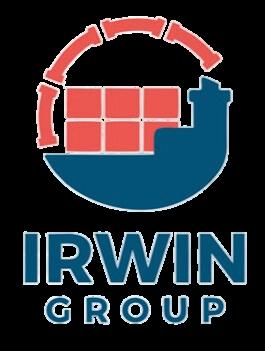



The
local shipowner association has been in regular dialogue with government to foster better maritime conditions
Angad Banga is mid-way through a two-year tenure as chairman of the Hong Kong Shipowners Association (HKSOA), at which point he will likely hand over the reins to his deputy, Richard Hext.
Banga, the chief operating officer at the Caravel Group, has been brilliant at expounding on the city’s maritime strengths over the past year, while also advising government on how best to make the Special Administrative Region more competitive and in tune to the current and upcoming maritime needs of the global shipping community.
“Hong Kong’s competitive edge in the shipping industry is founded on three core strengths: integrated services, global connectivity, and robust publicprivate partnerships that drive growth and innovation,” Banga tells Splash.
As global trade dynamics evolve, Banga argues that Hong Kong’s emphasis on enhancing connectivity and leveraging its deep pool of
expertise becomes increasingly critical, reinforcing its status as a global maritime leader.
Industry advancement will rely, he says, on effective collaboration between the government and private sector. The Hong Kong government’s Action Plan on Maritime and Port Development Strategy is a testament to this partnership, he says, aiming to revitalise, diversify, and future-proof the industry.
“This comprehensive strategy underscores the city’s commitment to investing in green technologies and sustainable practices, ensuring that environmental considerations are at the forefront of industry advancements,” Banga explains.
Moreover, the plan includes initiatives to upskill the workforce
through targeted education and training programs, fostering a new generation of maritime professionals equipped to tackle future challenges.
“By nurturing talent and encouraging innovation, Hong Kong is wellpositioned to maintain its competitive edge in the global maritime arena,” Banga maintains.
Hext, the HKSOA deputy chair, chimes in with concluding remarks, telling Splash: “The government realises the urgency of implementing the many initiatives outlined in that action plan as quickly as possible, because timely implementation is always key to maintaining Hong Kong’s edge and capitalising on the emerging opportunities in our rapidly changing world.”
Hong Kong is well-positioned to maintain its competitive edge in the global maritime arena





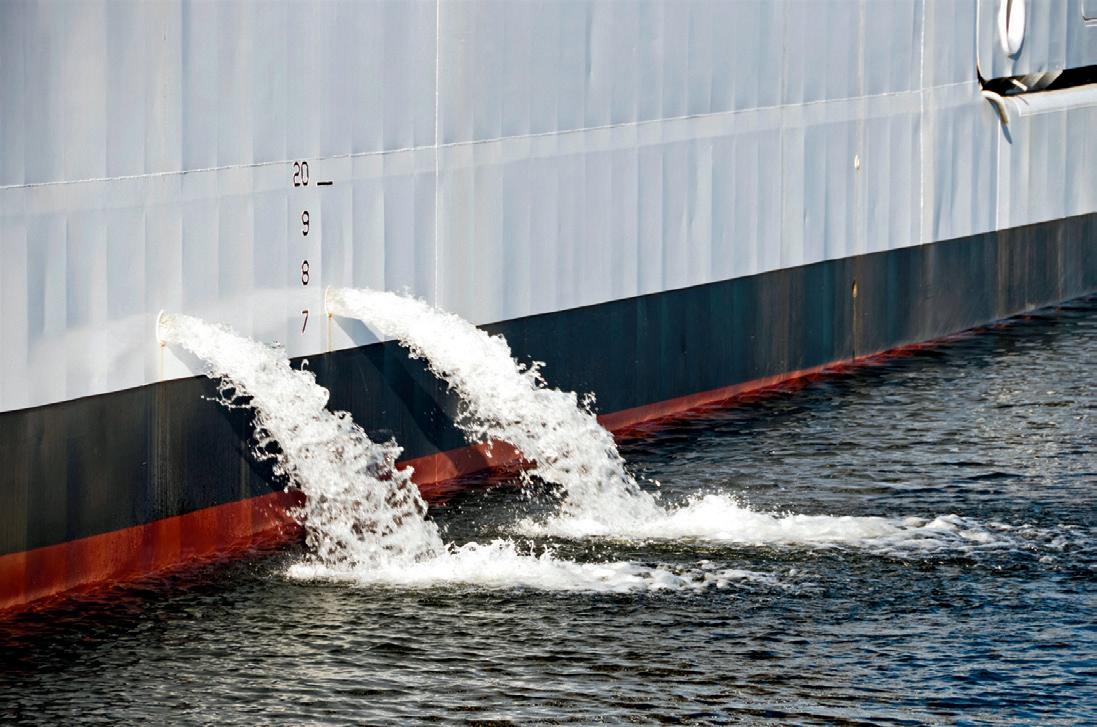

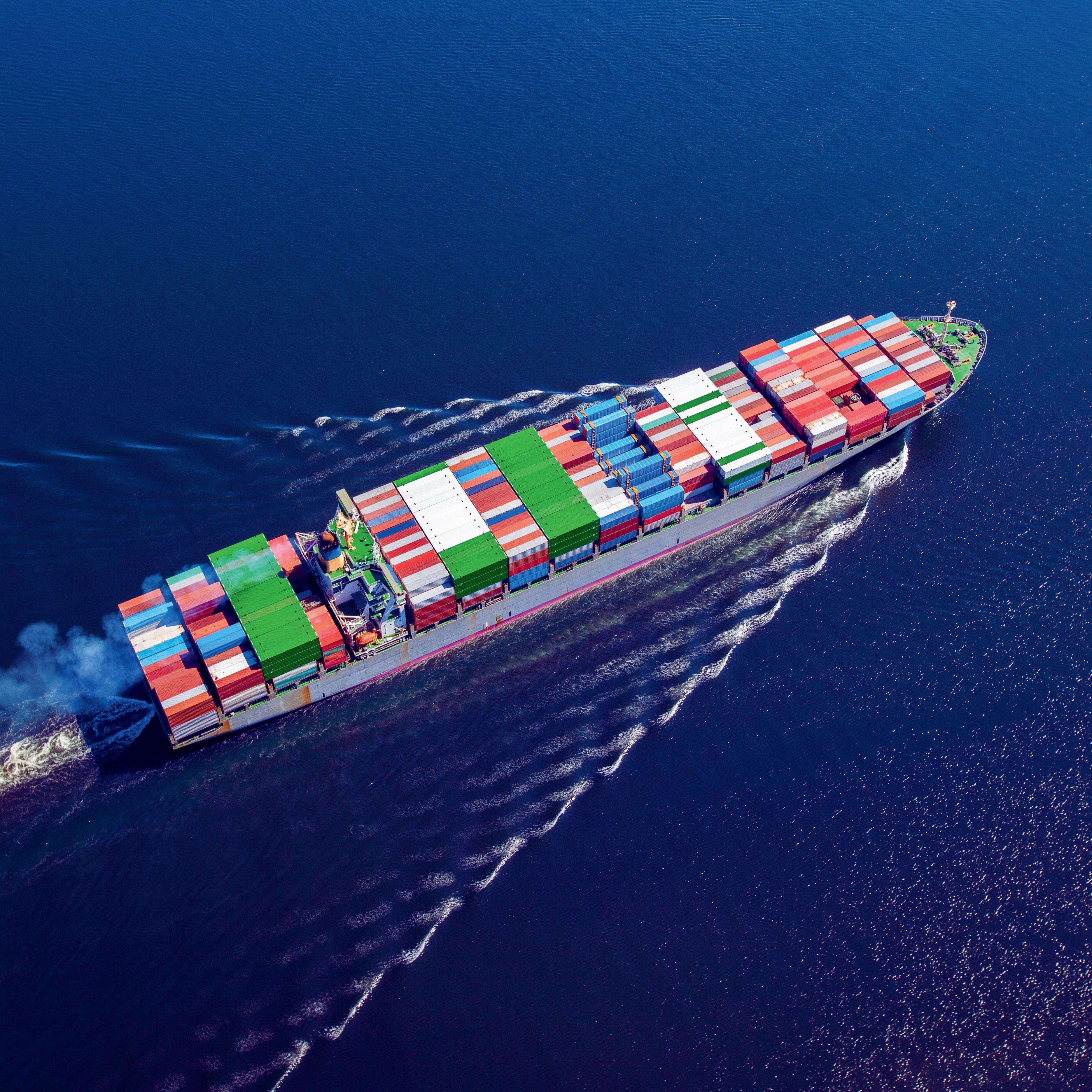


The Hong Kong government is setting in place the wherewithal for the Special Administrative Region to offer a plethora of new green fuels
Hong Kong’s maritime strengths are best known for management, owning, finance, leasing and law. Lesser known is its bunkering business, yet it remains within the top 10 bunkering sites in the world, and one that both the public and private sectors have identified as a strong source of growth for the city as a maritime centre.
At the strong urging of the Hong Kong Shipowners Association (HKSOA), the government’s latest policy address contained a significant number of green shipping measures, including construction of a green shipping corridor and cooperation with ports in the Greater Bay Area, as well as plans to develop Hong Kong as a green fuel export center and bunkering hub.
“Decarbonization is a global trend, and the International Maritime Organization has set steep zeroemission targets for the industry. A large volume of green fuels will be required worldwide in the future, and China is a major producer of green fuels. As part of China, with a solid foundation and
a good reputation in shipownership, shipmanagement and related maritime services, Hong Kong can play a leading role in global efforts and be a big contributor to building an ‘Ecological Civilization,”’ the HKSOA stated, reacting to October’s policy address by the territory’s leader, John Lee.
Establishing the city as a green fuel export centre would encourage more ships to call at Hong Kong port and more shipping companies to base their decision-makers and ships in Hong Kong, argues Richard Hext, the deputy chair of the HKSOA.
Quite so, agrees Tabitha Logan, a director at local dry bulk owner, Cetus Maritime. “We can leverage the opportunities that come from the energy space,” she maintains.
“Hong Kong’s long-term viability as an international maritime centre comes down to its ability to position for the
green energy transition, and not just for shipping,” states Bjorn Hojgaard, a former HKSOA chairman and current CEO of shipmanager Anglo-Eastern.
Sridhar Krishnan, a director at bunker specialist Viswa Group, reckons the city can take the lead to provide green shipping technology incentives across the Greater Bay Area, when financing is done through Hong Kong.
Among momentous moments for the local bunkering industry this year, August saw both Swire Shipping and Orient Overseas Container Line (OOCL) take on their first biofuel in Hong Kong while January saw Japanese owner NS United Kaiun Kaisha take on its first biofuels from the same supplier.
Concluding, Hojgaard from AngloEastern tells Splash: “Hong Kong can again play an outsized role in the new energy economy, if it plays its cards right.”
Hong Kong can play an outsized role in the new energy economy


The city has plenty of core strengths when it comes to providing capital to shipping
Hong Kong has a long tradition of providing shipping finance and progress has recently been made to attract new owners, leasing companies and managers to set up business in the territory.
As an international financial hub, the so-called Fragrant Harbour has a significant concentration of banks that provide ship finance to the local sector, as well as foreign shipowners and shipyards. Some of the world’s leading shipping lenders, such as HSH Nordbank, Credit Agricole, Export-Import Bank of China and Societe Generale, have established a presence in Hong Kong.
“Hong Kong’s economic success has its origin in shipping and trade, whose combination initiated its growth as a global financial centre and a gateway where east meets west. Clearly, wider integration of financial services with the maritime industry would help attract more commercial principals to Hong Kong,” says Richard Hext, chairman of Vanmar Shipping.
Hong Kong’s banking infrastructure
and diverse funding routes indicate that it has the potential to thrive as a global maritime finance centre. In addition to traditional shipping finance, the city has created a diverse and lively alternative financing sector, which includes a variety of leasing houses, private equity and hedge funds to fill the voids left by traditional shipping finance.
According to the Hong Kong Monetary Authority (HKMA) figures in June 2023, the total amount of shipping loans and advances exceeded $10bn, accounting for 1.4% of loans and advances for use in Hong Kong—a number expected to likely grow as the city continues to make changes towards green practices and projects concerning the sustainable development of its maritime industry.
Business groups and local government have been raising Hong Kong’s profile of the shipping sector for some time, suggesting several measures, including tax incentives and so-called green loans, that would encourage greater competition in the region.
Launched in May 2021 and extended
this year to 2027, the Green and Sustainable Finance Grant Scheme provides subsidies for the costs associated with eligible green and sustainable bond and loan issuances in Hong Kong. Administered by the HKMA, the scheme’s scope was extended to include subsidies for transition bonds and loans to encourage industries in the region to utilise Hong Kong’s transition financing platform as they advance towards decarbonisation.
“The government’s initiatives to develop a green maritime fuel bunkering centre and promote sustainable financing will enhance Hong Kong’s status as a leading center for ship finance. By capitalising on these trends, Hong Kong can attract more investment in sustainable maritime solutions,” notes Biju Narayanan, deputy general manager at Wah Kwong Ship Management, part of one of Hong Kong’s most important legacy shipowners.
In May this year, HKMA also published the Hong Kong Taxonomy for Sustainable Finance, which essentially provides a
‘Experts in their field with high standards of client service and responsiveness.’

Damien Laracy +852 2525 7528 damien.laracy@hilldickinson.com
Andrew Lee +65 6576 4722 andrew.lee@hilldickinson.com
Jim James
+852 2525 7538 jim.james@hilldickinson.com
‘First-rate in trading/ commodities, arbitration and shipping matters.’
‘A one-stop shop for offshore casualty, disputes, and arbitration work.’
www.hilldickinson.com
Janice Lee +852 2525 7019 janice.cy.lee@hilldickinson.com
David Beaves +852 2525 7880 david.beaves@hilldickinson.com
Gary Wong +85 225 257 525 gary.wong@hilldickinson.com
Matt Dow +65 6576 4738 matthew.dow@hilldickinson.com
Shanna Ghose +65 6576 4726 shanna.ghose@hilldickinson.com
Iain Sharp +65 6576 4734 iain sharp@hilldickinson.com

framework for classifying green and sustainable activities for voluntary use by industry to reduce the risk of greenwashing. It may, for example, be used for labelling of green bonds, classification of green loans, as well as supporting specific reporting for the shipping sector.
“As environmental sustainability becomes increasingly important in the maritime industry, Hong Kong can leverage its position as a leading center for green finance to support environmentally friendly initiatives within the shipping sector,” adds Gautam Chellaram, executive chairman at Hong Kong owner KC Maritime.
With the leasing market taking off substantially in Asia, particularly in China, most shipping experts believe this can be seen as beneficial to Hong Kong, and that combination of PRC lessors and banks presents an opportunity for the city.
“Hong Kong’s role in global ship finance will continue to progress well, especially as it is China’s national policy to continue to consolidate Hong Kong’s position as an international finance, shipping and trade centre,” says Hext.
Firoze Mirza, managing director of BSM Hong Kong, part of the Bernhard Schulte Shipmanagement empire, agrees that the city’s ship lending climate is likely to move in the right direction with the growing influence of Chinese leasing companies, who have become significant players in the maritime finance sector, providing substantial funding for ship acquisitions and operations.
“As these companies continue to expand, Hong Kong can serve as a key financial hub for their activities,” he adds.
Most recently, Hong Kong announced the reconstitution of the Hong Kong Maritime and Port Board to support the government in policy implementation and to promote the sustainable development of its maritime industry. Furthermore, in October, Hong Kong’s International Maritime Centre (IMC) announced the

Hong Kong can attract more investment in sustainable maritime solutions
creation of the Hong Kong Chamber of Shipping—a big step forward in boosting Hong Kong as an international maritime hub, according to Hong Kong-based lawyers at Hill Dickinson.
Of particular note, the establishment of the chamber involves major key industry players, such as COSCO, China Merchants Energy Shipping, Sinopec, and PetroChina, amongst others.
KC Maritime’s Chellaram reckons Hong Kong’s role in global ship finance is likely to progress confidently as its expertise in areas such as banking, investment, insurance, and asset management provides a strong foundation for growth. He also finds that the city’s access to international capital markets and its extensive network of financial institutions make it an attractive location for ship financing transactions, and that in addition to that, Hong Kong has a stable
legal system and regulatory framework that promotes transparency, security, and investor protection.
Operational, financial, legal, and other forms of support make up Hong Kong’s status as a global maritime hub rather than just a port, according to lawyers at Hill Dickinson.
“As the Hong Kong government and industry stakeholders consistently make steps towards positive developments and advancement of Hong Kong’s unique offerings, it will only continue to solidify itself as a full service shipping centre,” they say in an emailed response.
“There are very, very few cities in the world that have strengths in all three areas – finance, shipping, and trade. I have every confidence that Hong Kong will continue to do well, with core strengths in all these three areas,” concludes Vanmar’s chairman, Hext.




















An insufficient number of tech students are enthused enough to enter a career in maritime in Hong Kong. It is an issue that vexes many in shipping.
“In general, younger generations are not looking at maritime as a career,” says Matthew Mcafee, president of local shipowner Fairmont, adding: “We need to put resources toward expanding the number of companies in Hong Kong developing new technologies for maritime and in general.”
Tabitha Logan, director of projects at Cetus Maritime, one of the territory’s largest dry bulk owners, is well placed to discuss the issue as she is also the co-founder of The Captain’s Table, a top maritime tech pitch competition.
“Currently, this issue seems to stem from the limited appealing roles or career paths available to them, along with a lack
There appears to be much more excitement around industries that are able to move faster
of understanding of how technology is, and will, transform the maritime industry,” Logan tells Splash, adding: “To address this, the responsibility lies with us, the industry.”
Logan reckons the shipping industry has yet to fully adapt its thinking about future talent needs or positions, as very few shipping companies have R&D teams, innovation teams, or technology-related internships.
“Developing a compelling narrative to encourage students to explore careers in the industry is crucial,” she says.
According to Bjorn Hojgaard, who heads Anglo-Eastern, the world’s largest shipmanager, ensuring a sufficient number of tech students are enthusiastic
about entering a career in maritime in Hong Kong requires raising awareness of maritime being an industry that is breaking free from its traditional nature and is enabling innovation.
“Presently, there appears to be much more excitement around industries that are able to move faster and where there is possibly less regulation,” Hojgaard explains. “We need to do better in being part of the broader conversation and highlight how we are contributing to causes that energise younger generations including the environment, betterment of communities, and collective wellbeing.”
Culturally, Hojgaard advises it may also be worth educating parents to look beyond the favoured professions of
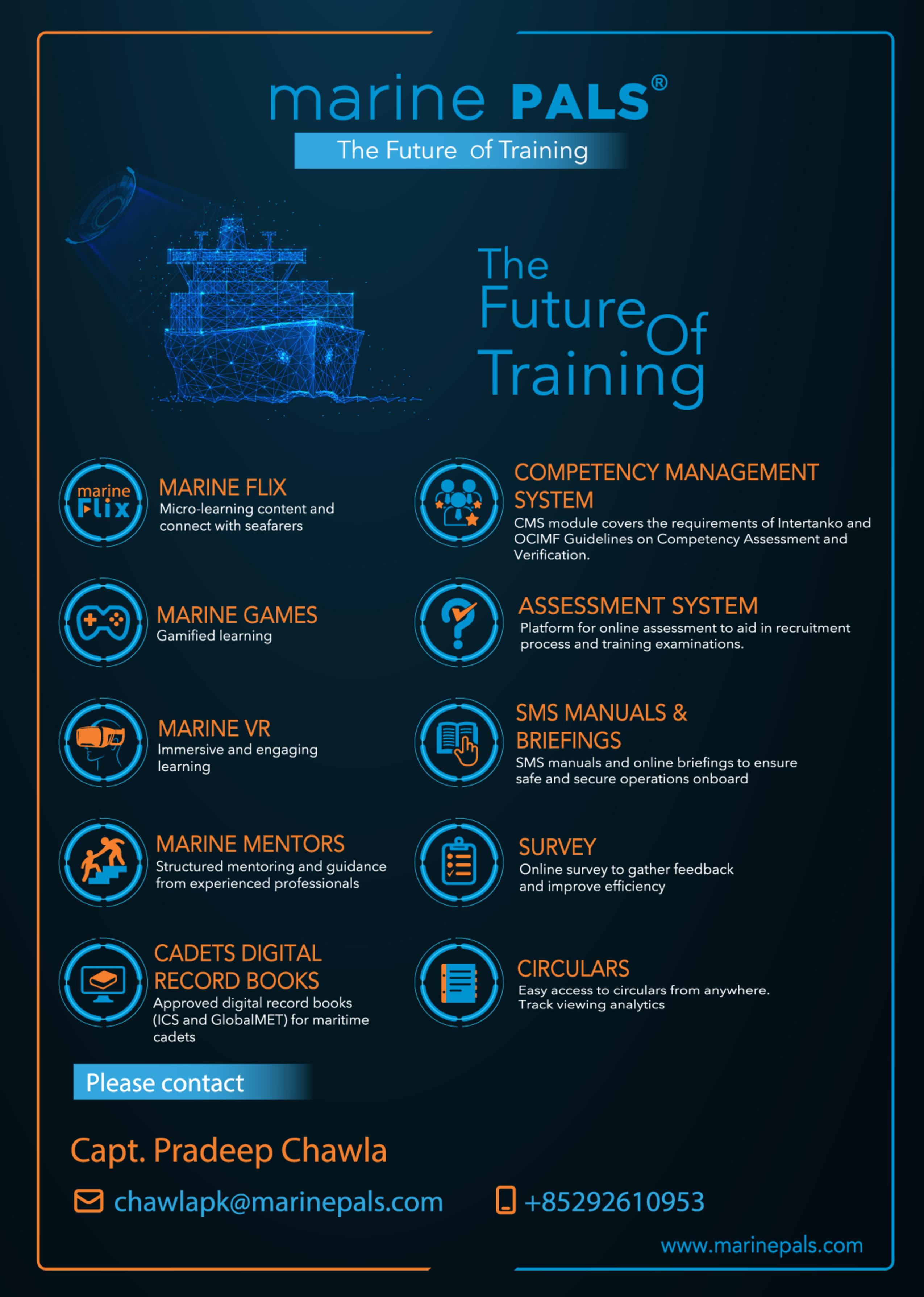
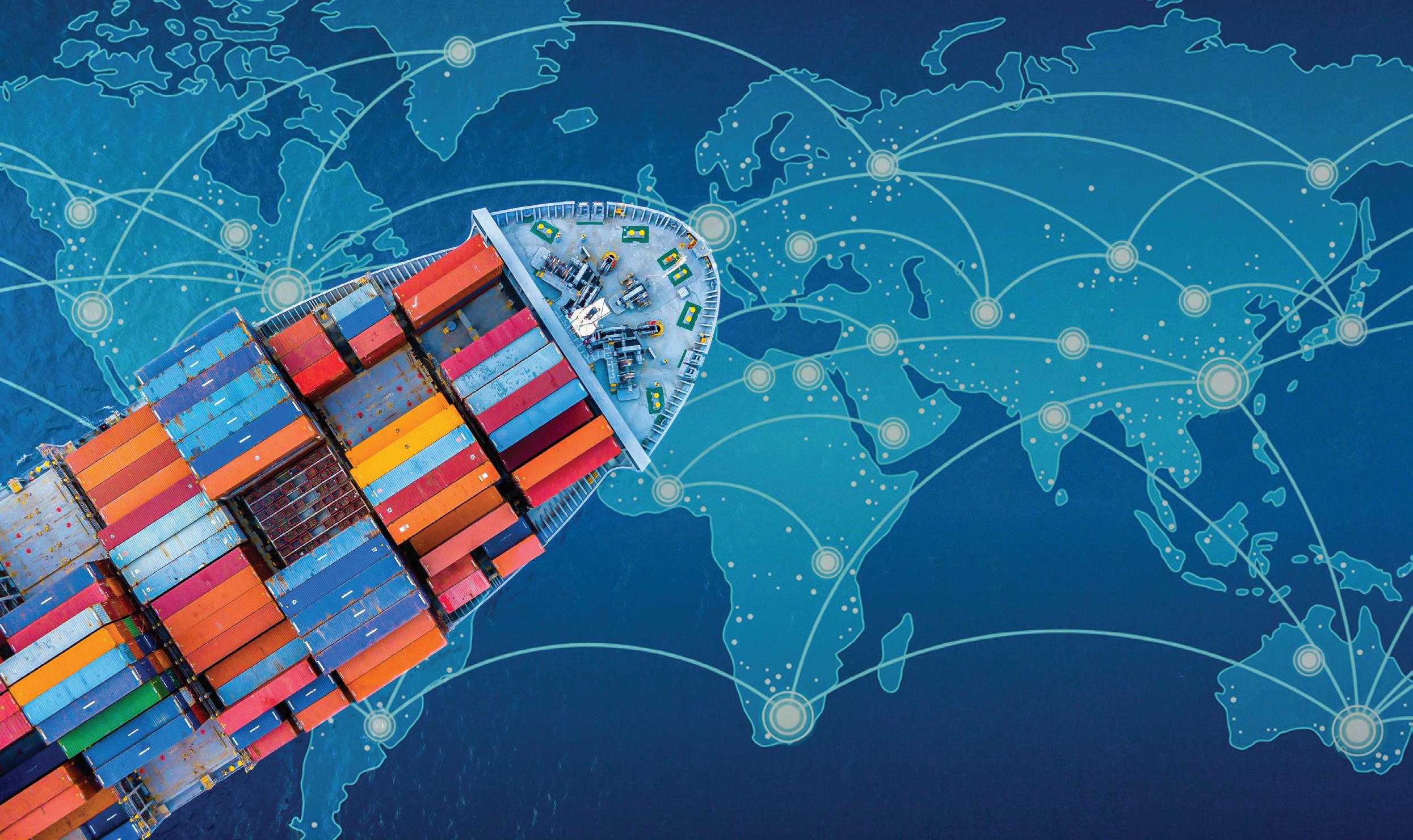
lawyer, banker, and doctor, a point of view shared by Rosita Lau, a partner at Ince & Co Hong Kong.
“Parents are not aware of the opportunities available to their children in shipping,” Lau says, urging for shipping to have greater exposure at school and university syllabuses.
Suggestions from Hojgaard include government-led education campaigns, participation of more industry players at career fairs, additional grants and subsidies and even ship tours with families to drive interest from a young age.
“Fundamentally, it is about showcasing the opportunities available for individuals to make a real difference and contribute to a higher purpose while also being able to secure themselves financially,” Hojgaard
Parents are not aware of the opportunities available to their children in shipping
says.
An unclear career path and limited exposure to the industry are cited by Firoze Mirza, managing director of BSM Hong Kong, as stumbling blocks in attracting the next generation.
“It is essential,” he says, “to highlight the role of technology in maritime operations, showcasing advancements in areas such as automation, data analytics, and green technologies.”
Mirza also calls for shipping companies to establish more internship and apprenticeship programs to offer
practical experience and exposure to the maritime industry. Further, he says university authorities should interact more with maritime companies and industry organisation, including inviting industry experts as guest speakers.
Concluding, Logan from The Captain’s Table tells Splash: “We must create engaging opportunities and career paths for these students. Communicating with students and showcasing how technology is transforming the maritime industry through automation, AI, and data analytics is essential.”



You new career awaits More than 800 positions available across the world


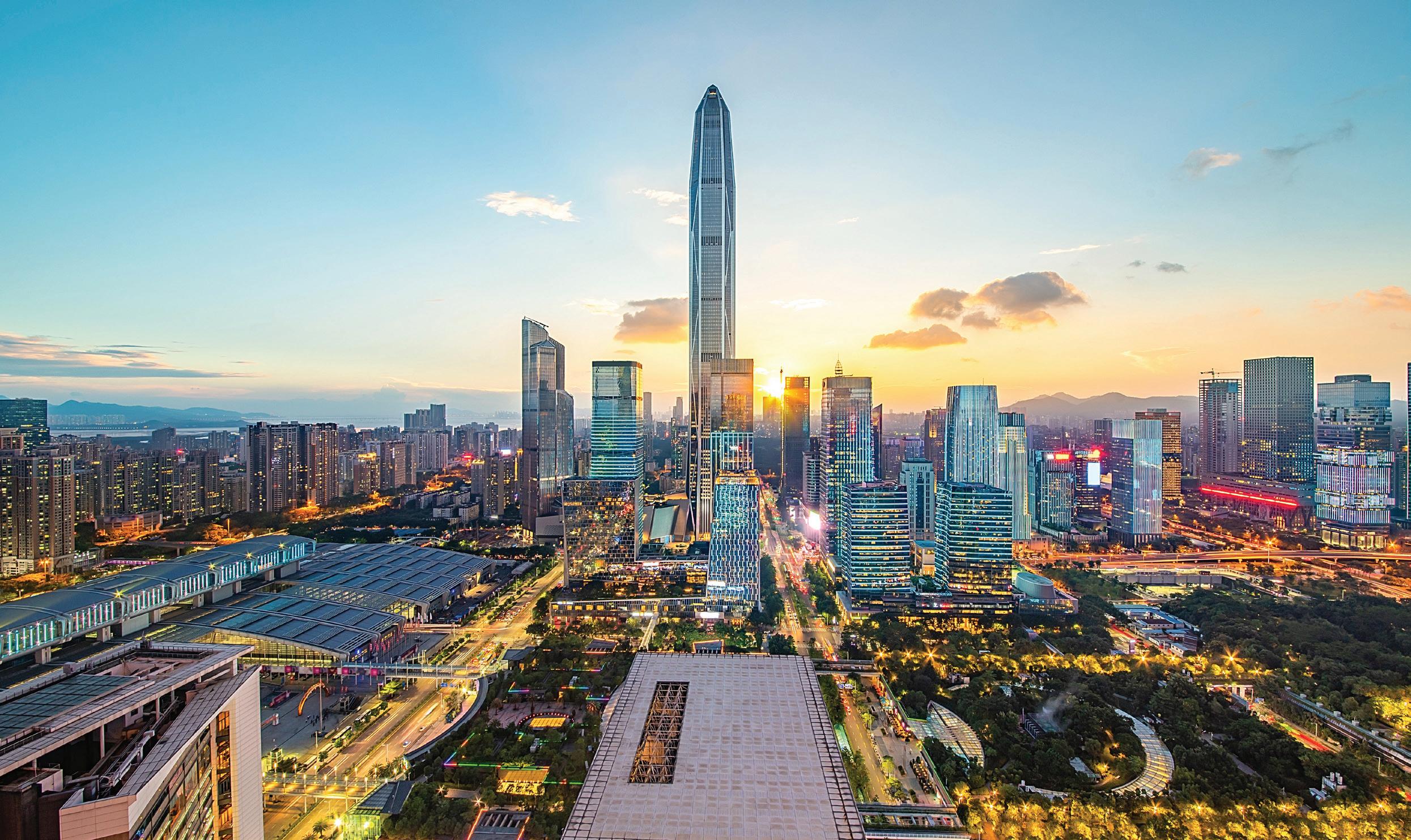
The Greater Bay Area, Beijing’s attempt to unite nine cities in Guangdong with Hong Kong and Macau into an economic powerhouse and rival the New York metropolitan area and the San Francisco Bay Area, has been discussed many times but, according to experts, is still as exciting a prospect for Hong Kong as ever.
The Greater Bay Area comprises of Hong Kong, Macau, and nine municipalities of Guangzhou, Shenzhen, Zhuhai, Foshan, Huizhou, Dongguan, Zhongshan, Jiangmen, and Zhaoqing in Guangdong province. The total area is around 56,000 sq km and based on the data from 2023, it has over 86m people and a GDP of almost $2trn.
To put this in perspective, the Greater Bay Area alone is just behind Canada in terms of GDP and ranks 11th in the world. Beijing sees the creation of the area as a key part of the country’s development plans but the same can be said for Hong Kong.
“Hong Kong sees deeper integration with the GBA as essential for its future, greatly enriching the life chances of
its people. For example in Shenzhen, right next door to Hong Kong are headquartered three of the most innovative tech companies in the world – BYD, one of the world’s largest EV companies; Huawei, one of the largest makers of cellphones and infrastructure for the internet; and Tencent, which is the company behind WeChat, the world’s biggest super-app,” says Richard Hext, chairman of Vanmar Shipping.
Gautam Chellaram, the executive chairman of KC Maritime, believes the same thing. He says that the initiative could create significant opportunities for the maritime industry, including enhanced trade connectivity, infrastructure development, and increased demand for shipping services.
“With its strategic location and wellestablished infrastructure and expertise in maritime technology, Hong Kong is poised to play a pivotal role in facilitating the transportation of goods within the
Greater Bay Area. The initiative also presents opportunities for collaboration on technological advancements and sustainable practices within the shipping industry,” Chellaram says.
The KC Maritime man adds that the Greater Bay Area will foster economic integration, improve connectivity, and stimulate growth across various sectors.
This means that the road ahead is not yet fully clear. Cara Carter, global managing director of Halcyon Recruitment, thinks the most exciting prospect for Hong Kong is to see how it will fit into China’s overall growth strategy.
The area will also, hopefully, provide a united front for all those involved in the project and that could, with a little bit of coordination, result in less internal competition and more towards markets outside the GBA.
“We see that there should be more coordination at government-level so that
The Greater Bay Area alone is just behind Canada in terms of GDP





we could achieve growth for all ports in GBA and Hong Kong can focus on competition against other international transhipment markets such as Singapore, South Korea, Malaysia, etc,” says Horace Lo, group managing director of Modern Terminals Limited.
This is not seen as the only possible outcome. Gary Wong from Hill Dickinson, a law firm, sees a possible double-edged sword situation. He does see a noticeable increase in competitiveness between the ports in the GBA and thinks the competition can be a good incentive for positive change. But it could also do something completely different.
“Other than the physical proximity of Hong Kong and its GBA counterparts, developments across the GBA also means upgrades and advancements in various mainland Chinese ports. Cooperation between GBA ports will only foster mutual improvement, but can also mean that other ports within the GBA could be more attractive to specific stakeholders,” Wong says.
The Greater Bay Area region is the largest urban corridor in the world but each city within it has a different specialisation which is mutually beneficial and where collaboration and good connectivity would be key.
Greater connectivity facilitating the flow of goods, services and people generally has a positive effect on trade, shipping, and logistics activities, according to Firoze Mirza, managing director of BSM Hong Kong. This can, in turn, boost Hong Kong’s maritime industry as infrastructure development progresses and the massive economic potential is being used to the fullest.
“With Hong Kong’s more limited supply of land and status as an international maritime centre, the extension of port and maritime services further afield offers potential for growth alongside the establishing of operational synergies with the GBA’s two other major container ports – Shenzhen and Guangzhou,” says Bjorn Hojgaard, CEO of shipmanagement firm Anglo-Eastern.
He sees trade being done faster and cheaper forging increased demand between markets, especially if it is coupled with the Belt and Road Initiative

The Greater Bay Area region is the largest urban corridor in the world
and implementation of more digital technology solutions. According to Hojgaard, sea transportation and ports will be the central part of the equation.
“Assuming tighter alignment, Hong Kong’s strengths in high value-added services including ship management, ship finance, ship leasing, marine insurance, maritime law and dispute resolution services could also be leveraged, creating expanded business opportunities for Hong Kong companies,” he adds.
Another positive of this in his eyes is
the possibility of a massively increased talent pool which could be found across the border as well as perspectives of cross-pollinating innovation in the sector.
This, however, will be a slow process, which Hojgaard concedes as well as saying that there are still many unanswered questions. All those questions will be answered in the coming decade as we head towards 2035 when the Greater Bay Area is supposed to be fully developed.
Our tailored offering includes:
• Executive Search
• SearchLite
• Contingency
• Remuneration Research and Analysis
• Bespoke Projects
(including market mapping, new business talent acquisition planning)
www.halcyonrecruitment.com
info@halcyonrecruitment.com
UK: +44 (0) 20 3746 3746
Singapore: +65 6631 2825

Bespoke consultancy services & DEI programmes spanning the shore and seafaring community that include:
• DEI strategy development
• DEI governance
• Inclusive Leader and Inclusive Manager programmes
• Developing in-house capability (HR support / DEI facilitator support)
• Data and measurement
DSG Corporate Membership:
• DEI data measurement & benchmarking
• Regular networking opportunities
• Sharing of best practice
• Discounted DEI learning and development programmes
+44 (0) 20 2746 3760
info@diversitystudygroup.com
www.diversitystudygroup.com
DEI in Maritime Masterclass Series:
• Workshops and Executive Coaching

Government has been working hard to ensure the right talent makes its way to this Asian melting pot
The topic of an ageing and dwindling workforce in Hong Kong has been a regular one for several years now and importing workers from abroad has been one of the ways companies have been trying to solve this problem.
Hong Kong already understands this problem and has started initiatives which could help diminish, if not fully solve, the workforce dilemma.
Data from the Hong Kong People Management Association shows that the city’s population will hit 8.19m by mid2046, with a third being aged 65 and over. The city also expects a projected shortage of 180,000 workers across different sectors in the next five years. Becoming a place which can attract international talent will spur growth in Hong Kong and attract more investments while simultaneously resolving a larger issue.
The city’s top asset in this undertaking is the so-called Top Talent Pass Scheme which was introduced in December 2022 to attract more high earners and university graduates to the city during a
time of high emigration. This was then followed by the scheme’s first expansion and a suspended investment migration scheme in late 2023.
Hong Kong lost more than 250,000 members of its 3.99m workforce between 2019 and 2022. Both locals and expats left following the 2019 mass antigovernment protests, the introduction of the 2020 national security law and tight covid restrictions during the pandemic which resulted in the city being almost shut to the world. According to the Census and Statistics Department, the workforce has recovered slightly – to over 3.8m.
Recently, Hong Kong added 13 mainland Chinese and overseas universities to this scheme, as the city looks to become an “international hub for high-calibre talent”. The scheme also targets people with work experience and high academic qualifications. At the moment, the list of universities involved in the scheme is 198 and the first visa under the talent scheme was lengthened this year from two to three years.
Over 380,000 applications had been received under the scheme so far, and around 160,000 people had arrived in Hong Kong with their families.
All of this is a very positive sign of intent from the city which, according to Cara Carter, the global management director of Halcyon Recruitment, has “opened up in allowing new talent to enter” and has now become “more open than Singapore”.
This was seconded by Richard Hext, chairman of Vanmar Shipping. “The immigration rules in Hong Kong have always been very relaxed, as compared to many other cities. In particular in recent years, the Hong Kong government has introduced several new schemes to attract talent, including maritime talent,” Hext says.
But the question posed is can the immigration rules be better to make running a business in Hong Kong easier? One of the ways to help was the introduction of the non-Chinese Mainland Travel Permit for non-Chinese permanent

April 28 & 29, 2025


residents which helps facilitate business and leisure travel with mainland China.
“The new permit greatly expands physical connectivity from Hong Kong to mainland China, which no doubt will encourage and further incentivise stakeholders to lay their roots in Hong Kong,” says Jim James from law firm Hill Dickinson.
So, what else could be done? Gautam Chellaram, executive chairman of KC Maritime, has a few ideas. He says that a more simplified and faster visa application process for foreign entrepreneurs and employees would bring in even more international talent.
He also argues for investment-based visas or creating entrepreneur-specific visa categories which could even target startup founders. Apart from visas, Chellaram states that implementing policies that make it easier for workers already in Hong Kong to become permanent residents would help businesses retain valuable talent longterm.
Even though talent schemes do exist, he thinks that working more with overseas universities to facilitate recruitment through either post-study work visas or internship programs aimed at retaining international talent
would be another way to go.
“By implementing these changes, Hong Kong could enhance its appeal as a destination for foreign entrepreneurs and top talent, ultimately fostering a more dynamic and competitive business environment,” Chellaram says.
Financially speaking, it’s not like the city is unattractive. Even for young people which is a major plus. According to research done by several universities, Hong Kong companies offer the highest starting salaries for fresh graduates across cities in the Greater Bay Area.
The average monthly starting salary this year for fresh graduates in Hong Kong was $2,550, outperforming $1,870 in Macau. The Hong Kong salary average is a 9.3% increase compared to last year. The pay rise rates for new graduates in all three places were higher than the average for all employees, with 3.5% in Hong Kong and 2.7% in Macau.
The director of Baptist University’s Centre for Human Resource Strategy and Development, Huang Xu, says the numbers show a “real demand” for fresh graduates and efforts by the government to correct the stagnant salary growth of young people.
So, experts mostly agree that Hong Kong is very open to an influx of
workers and that the immigration laws are open enough for businesses to flourish, bar a few tweaks. Also, certain initiatives have been put in place to steer the ship forward.
Speaking of ships, Firoze Mirza, managing director of BSM Hong Kong, did say that there is a shortage of staff who have technical experience, especially when it comes to sailing on ships. However, authorities were sympathetic to the issue further reiterating the notion that Hong Kong is doing a lot to sort its issues out, and fast.
“We greatly appreciate that the Immigration Department has been liberal in granting work permits to overseas professionals, allowing us to plug this gap,” he says.
It is obvious that Hong Kong is trying to rectify the mass departure of its workforce in previous years and is trying to get back on track with loosening of different regulations and providing schemes for easier access to the country’s market.
While the city has got its eye back on the ball, companies should be keeping their eye on the city’s next move as it could greatly ease their search for talent.


PRINT: Sent to subscribers and our database of owners and managers
ONLINE: Via Splash and sent to over 20,000 email subscribers
EVENTS: Includes Posidonia, SMM, Nor-Shipping, Maritime CEO Forums in Singapore and Monaco, Geneva Dry, Marine Money and Hong Kong Maritime Week.
A unique guide to what’s shaping the markets as well as ship design in the dry bulk trades with charterers, owners and operators canvassed.
• Publishing in Q1
• Distributed at: Geneva Dry, Nor-Shipping
What will ships look like and how will they operate come the start of the next decade?
• Publishing in Q2

• Distributed at: Nor-Shipping, Maritime, CEO Forum Singpore, Maritime CEO Forum Monaco, Hong Kong Maritime Week
How Singapore is prepping for the next decade
• Publishing in Q3

• Distributed at: Maritime CEO Forum Singapore, Marine Money Asia
Assessing the major issues crew face today and tomorrow - from demographics to welfare and tech, this state-ofthe-workforce report will be required reading
• Publishing in Q4
• Distributed at: Hong Kong Maritime Week, Geneva Dry


To discuss advertising options, please contact: For further details, click here
https://splash247.com/advertising
victor@asiashippingmedia.com +852 6030 0350

Shipping folk have plenty to worry about, but as our special correspondent writes, it’s nurturing the next generation which should be keeping people awake
Amongst the numerous factors which drive shipping markets, sentiment and confidence-or lack of eitherare amongst the most important and difficult to quantify. A recent article in Splash reported on a survey of changes in sentiment amongst maritime leaders over a three year period under the headline ‘What keeps shipowners up at night’. The issues raised were hardly surprising – geopolitics, the green transition and cyber attacks inevitably featuring, but the positive conclusion that confidence has been gradually rising amongst the respondents despite the turbulence affecting the world has to be seen as a positive.
Commenting on the survey, the chairman of the International Chamber of Shipping wisely noted that greater collaborative efforts across the industry are needed to address these insomnia inducing points, but the sample size of just a hundred industry leaders probably means that the survey is missing many of the real issues. Our industry leaders are naturally the first port of call when we try to get a grip on the direction of markets, regulation or the myriad of other issues shipping executives grapple with daily but the concerns of those currently outside the C-suite are perhaps even more important for the longer term future of
our industry.
Recent pictures of tankers ablaze after an attack by Houthi rebels prompts thoughts of young cadets (and their families ashore) worrying about their safety, and not just in the conflict zones which thankfully most shipowners are now prudently avoiding. Job safety and whether a new contract will be forthcoming means the insomnia can be prolonged even when the seafarer’s grueling contract comes to an end and he or she returns home. The availability of trained crew was indeed one concern raised by the industry leaders surveyed, but surely ‘how do I retain my existing seafarers?’ should be at the forefront of shipowner’s minds in both the bedroom and the boardroom. Investing in your seafarers by giving them a clear career path is now as important as investing in the new breed of ships.
If there is one thing which seems to characterise shipping’s leaders, it’s their longevity, especially those at the helm of private shipowners. Does succession planning give them sleepless nights? Plenty of renowned shipowners have successfully passed from one generation to the next, but my own library of maritime biographies is littered with tales of family feuds or the demise of a company solely because the next generation had no
interest in taking the business forward. It is hardly surprising that succession did not come up as a concern in the survey of industry leaders – it’s probably deemed a sign of failure if a business is solely dependent on a single individual and cannot continue without them. Where the next generation of industry leaders comes from is probably as crucial as where the next generation of seafarers will come from. If we are really lucky, perhaps some of those leaders might emerge from a seafaring background and bring hands on experience to the top table.
Outside of our industry leaders and the seafarers which provide their lifeblood, there are countless thousands employed across all the different facets of our industry. Many have entered the industry with a huge student debt, but are now faced with the prospect that their jobs in maritime law, insurance, shipbroking or many other shipping services are threatened with the advances in AI. Or perhaps AI is prompting sweet dreams as it eradicates some of the monotonous grunt work new recruits are expected to do and will see more interesting and productive work which will encourage them to stick with shipping.
Hopefully we will address nurturing the next generation at all levels and avoid insomnia. Sleep well.

Mark Charman, CEO and founder of Faststream Recruitment, provides Splash readers with his thoughts on how the maritime workforce is changing
The maritime landscape is undergoing profound transformations, driven by technological advancements, shifting workforce dynamics, and evolving industry demands. Our ongoing surveys across diverse maritime sectors illuminate these changes, highlighting the evolving relationship between individuals and their work. With a multigenerational workforce navigating the seas of change and the emergence of disruptive technologies like decarbonisation and AI, the imperative for innovative recruitment practices has become more pronounced. Industry stakeholders must embrace these changes proactively, reimagining their recruitment paradigms to attract, retain, and reward top talent effectively.
Despite the enduring demand for talent within the maritime sector, attracting the right candidates has become increasingly challenging.
You tell us attraction in maritime is more: Difficult Competitive Time-consuming Complex
But feedback from industry stakeholders also underscores several key challenges, including perceptions of the industry’s digital maturity, compensation competitiveness, and diversity initiatives.
The rise of Generation Choice means encompassing digital natives and forward-thinking professionals, and it necessitates innovative attraction strategies. These are people who have more career choices than ever. In fact, The Institute for The Future predicts that 80% of jobs available in 2030 have not even
been invented yet. I cannot see maritime not being impacted by this.
In the era of “everything now,” our lives are defined by instantaneous access and immediate gratification. Consider your own evolving expectations regarding services and products, and apply this paradigm shift to recruitment processes. Speed and responsiveness have become integral aspects of our daily lives, and they are increasingly pivotal in attraction and recruitment endeavours. Lengthy processes not only deter potential candidates but also jeopardise successful recruitment. In today’s fast-paced world, individuals are unwilling to wait, underscoring the urgency for streamlined and efficient recruitment processes.
This means that new attraction and recruitment strategies are needed, and one of the strategies to use is: micro-moments.
In the age of instant gratification, employers face the challenge of engaging digitally native generations by crafting multiple micro-moments. These fleeting yet impactful interactions are vital for capturing the attention of individuals who are constantly connected and immersed in digital environments. To effectively seize these micro-moments, you must leverage diverse mediums, including mobile applications and social platforms.
With a generation that is perpetually “always on,” it’s imperative to understand how they consume information. Capturing their attention has become the new currency in recruitment strategies. It’s not merely a matter of shorter attention spans but rather the proliferation of mediums competing for their focus. To successfully engage this audience, employers must strategically deploy content across various channels to effectively connect with and resonate with digitally immersed
individuals.
You need to get the attention of the right people, not the most people.
Ensuring that your attraction strategies effectively target the right individuals, rather than merely casting a wide net, is paramount. Failure to do so runs the risk of attracting candidates who may not align with your company culture or values, ultimately leading to potential misfits within your business. By focusing your efforts on engaging with the right audience, you can enhance the likelihood of attracting individuals who not only possess the necessary skills and qualifications but also resonate with the ethos of your business, fostering a more cohesive and productive work environment.
Effective communication plays a crucial role in the recruitment process, assuming paramount importance. Prospective candidates assess a business’s communication practices as indicative of its overall employer brand. Poor communication during the attraction and recruitment stages prompts candidates to question the business’s professionalism and reliability. Consequently, they may question what the employer-employee relationship will entail. Prioritising clear and timely communication is essential to establish a positive initial impression and foster trust and transparency throughout the recruitment journey.
You will be judged. Communication is so important in the attraction and recruitment stage because of the ‘Great Regret’.

Feedback from individuals highlights a common trend: businesses often inundate prospective employees with flattery and promises, painting an idealistic picture of the role and workplace.
However, the reality frequently falls short of these lofty expectations, leading to feelings of disappointment and regret among new hires. This discrepancy between expectations and reality is not exclusive to entry-level positions; even senior executives have experienced it. It serves as a poignant lesson for employers and recruiters alike: while it’s natural to strive to attract top talent by presenting an enticing job offer, these promises must align with the actual work environment and opportunities. Ensuring congruence between promises and reality is essential for building trust, fostering employee satisfaction, and minimising turnover in the long run.
Shifting your focus from the company to the prospective employee marks a crucial transition in recruitment strategy. It’s not solely about showcasing the company’s achievements or offerings; rather, it’s about crafting a narrative that resonates with the individual candidate. By emphasising personalisation and tailoring the recruitment process to cater to the unique needs and aspirations of each candidate, you can create a memorable and meaningful experience.
This approach taps into the power of the word “you,” which is often overlooked in attraction strategies. Incorporating “you” into communication efforts fosters a deeper connection with candidates, enhancing engagement, clarity, and overall connection. In the competitive landscape of maritime recruitment, the ability to connect with individuals on a personal level during the attraction stage serves as a distinct advantage for both the business and the prospective employee, paving the way for lasting relationships and mutual success.
In today’s landscape, our actions must align with our beliefs and words more than ever. The significance of purpose and values has heightened, influencing
individuals’ perceptions and decisions. As businesses, embodying authenticity and integrity in our purpose and values not only fosters trust and loyalty but also attracts like-minded individuals who align with our mission. Thus, establishing a strong foundation rooted in purpose and values sets the stage for meaningful relationships and sustainable success.
In today’s competitive job market, individuals seek more than just a salary; they desire opportunities for personal and professional development. The 3Cs – Career Growth, Continuous Feedback, and Constant Learning – have emerged as essential components of an attractive employer value proposition.
Offering avenues for career advancement, regular feedback loops, and access to continuous learning opportunities are not only crucial for attracting top talent but also for retaining them in the long term. Businesses that prioritise these elements within their employee experience stand to differentiate themselves as employers of choice, fostering a culture of growth, development, and mutual success.
Retaining talent has become one of the most pressing factors for maritime, perhaps even more so than attraction.
Even in our most recent senior executive survey, 40% indicated their intention to switch jobs within the next two years. From a recruitment perspective, this signals an opportunity, as it means more talented individuals are available for placement in the maritime sector. However, it also poses challenges for businesses, as the demand for experienced and dependable senior talent intensifies. Employers must not only consider the implications of their employees seeking new opportunities but also the potential impact of key executives departing on the stability and strategic trajectory of their business.
The pursuit of growth underscores the prevailing theme of 2024, as individuals and businesses alike strive for advancement and expansion. This desire for growth is not only a preference but also a necessity in today’s dynamic landscape.
Employees are often seeking challenges and growth as intrinsic motivators for staying with their current employers. Extrinsic motivators like reward, title and power can only keep you going at your best for so long.
So, think, challenge, growth and advancement, purpose, responsibility and autonomy, achievement, pride, satisfaction, and flexibility.
In the quest to attract and retain top talent, increasing compensation isn’t always the solution; sometimes, paying more attention to your employees’ needs and experiences can be far more impactful. This means carefully considering how you’re trying to attract talent and how you’re nurturing and supporting your existing workforce. Merely casting a wide net without genuine attention and engagement is akin to chasing empty metrics. True success lies in the meaningful connections forged with employees, acknowledging their contributions, and fostering an environment where they feel valued, supported, and motivated to excel.






